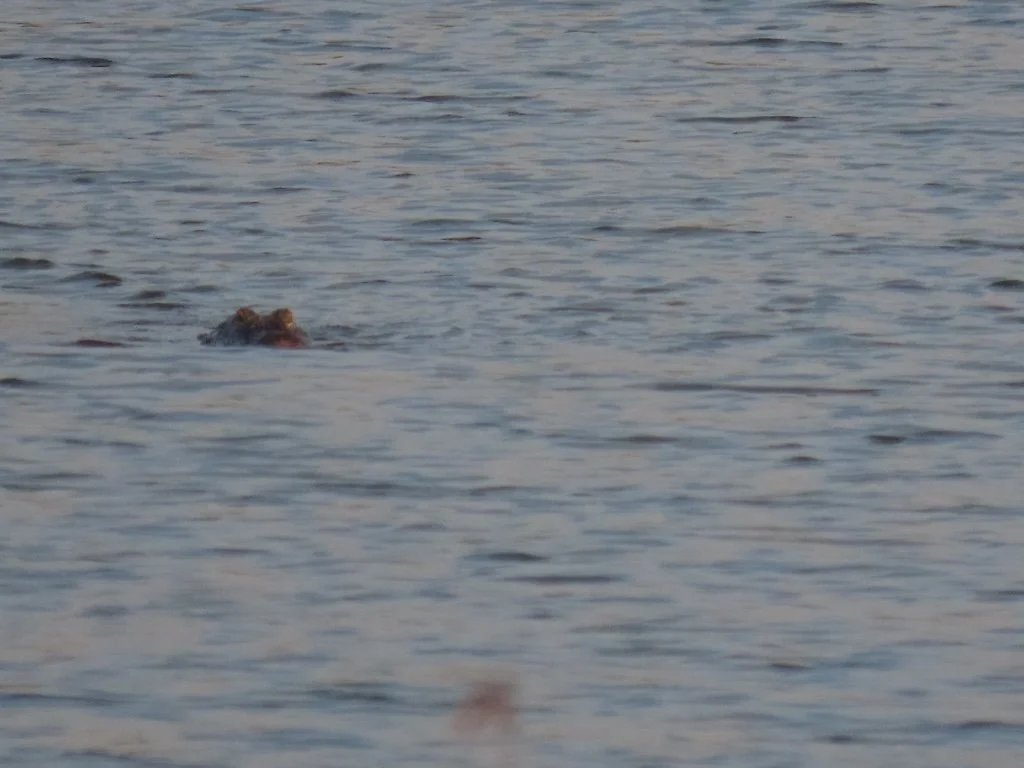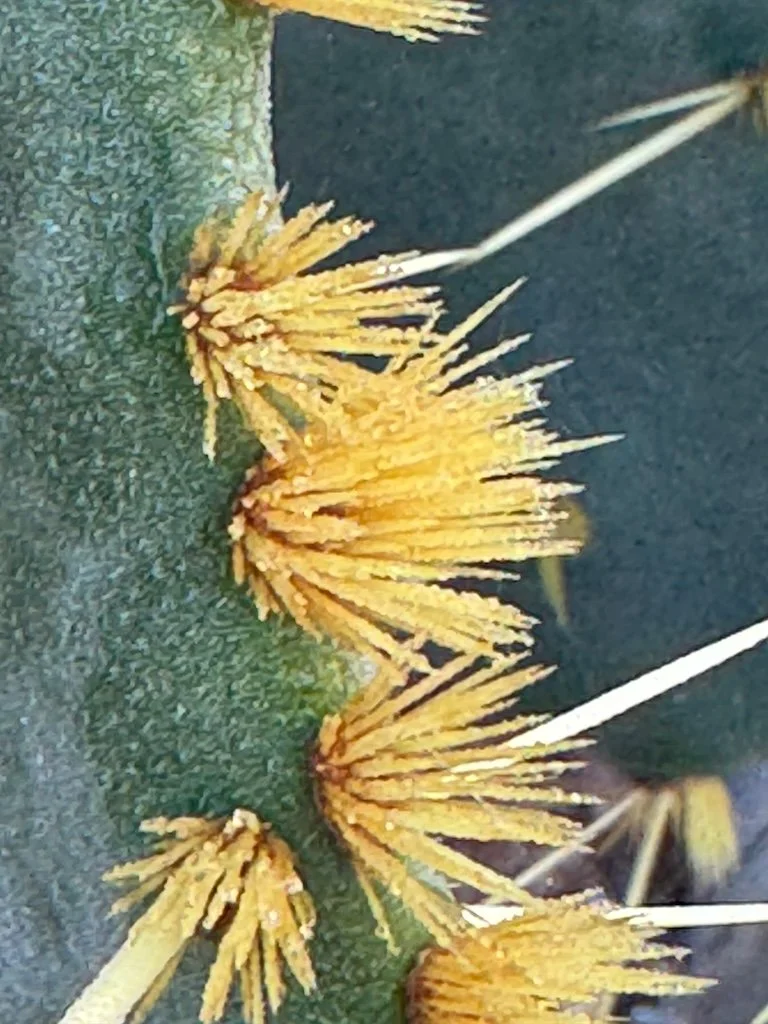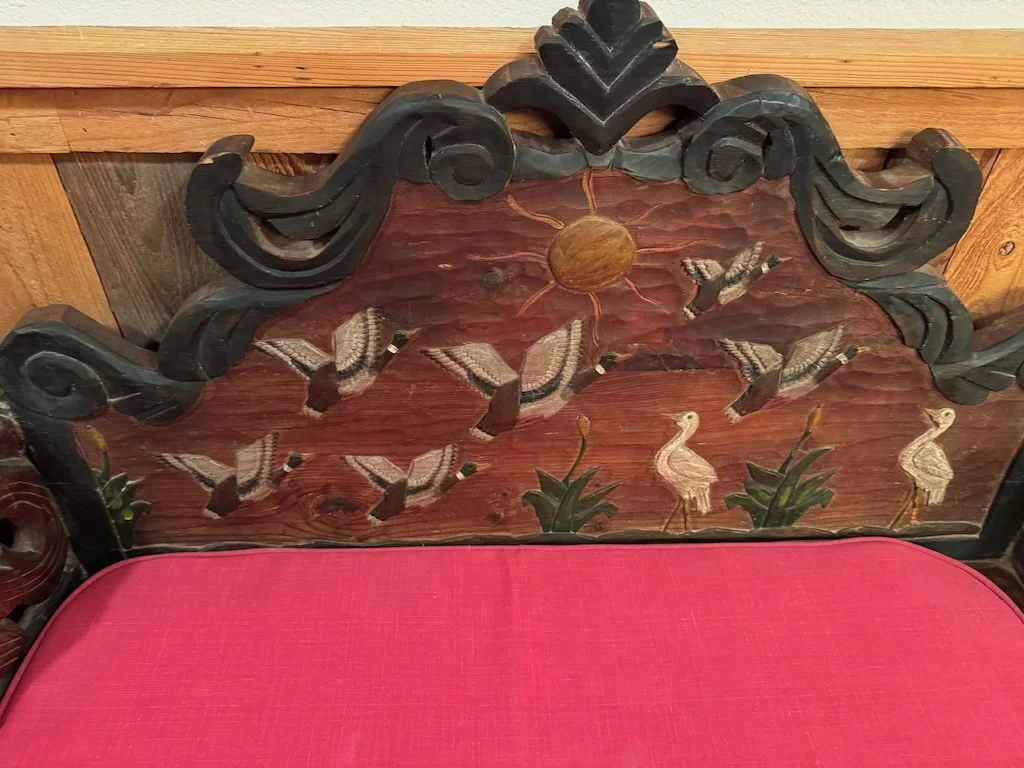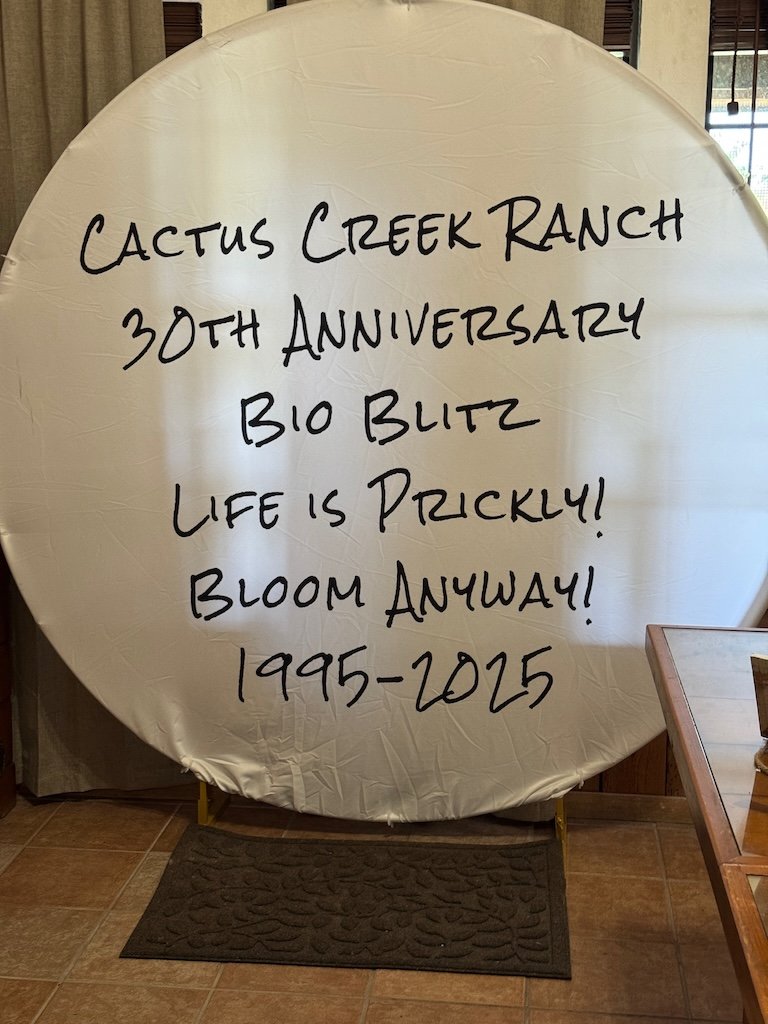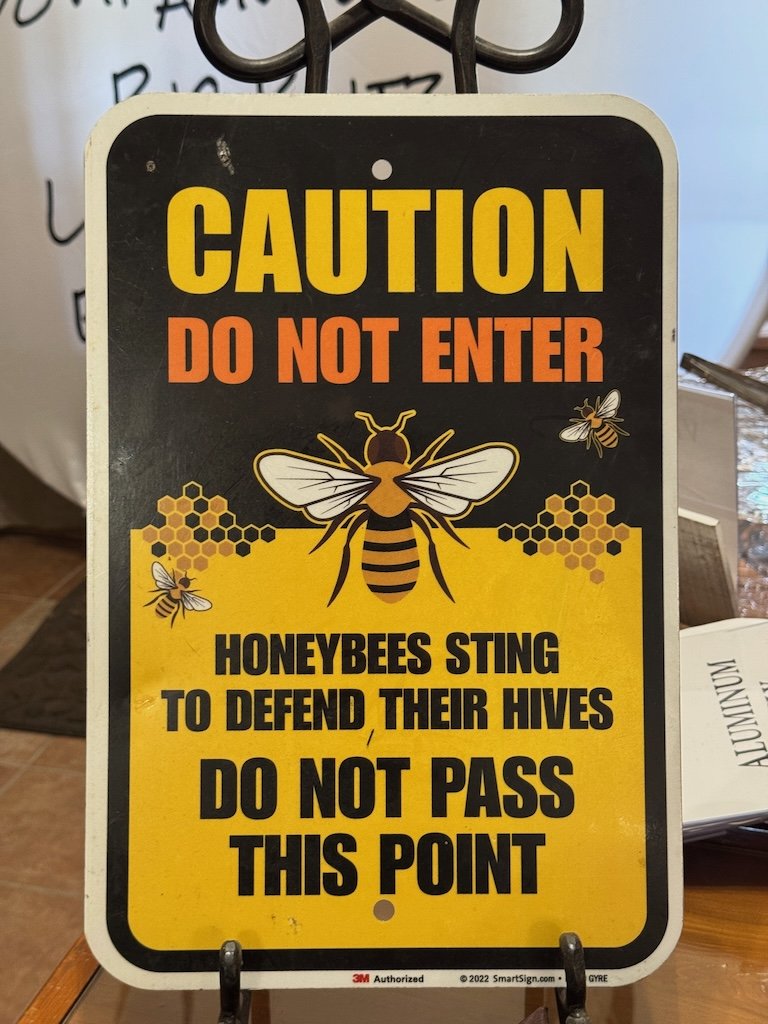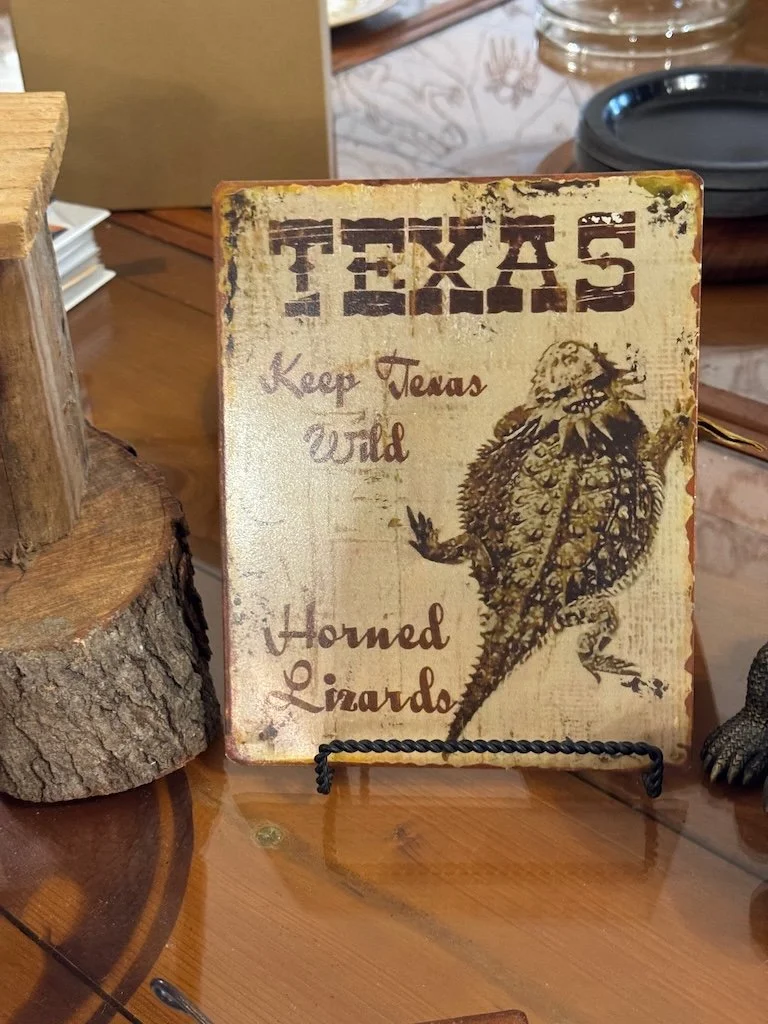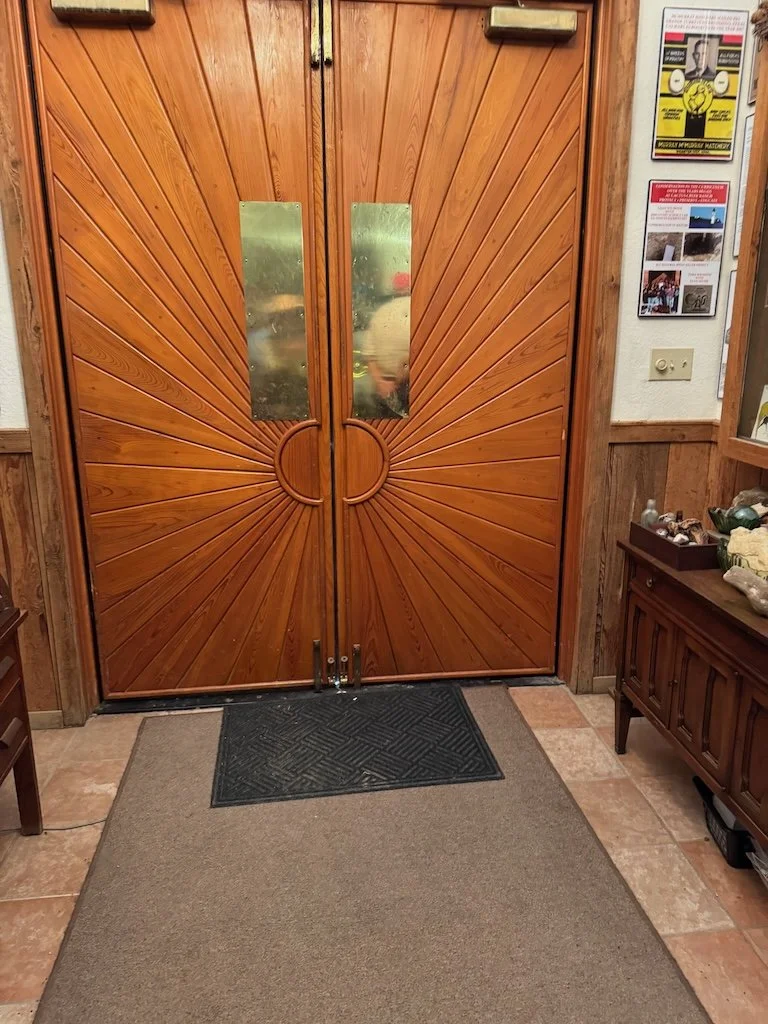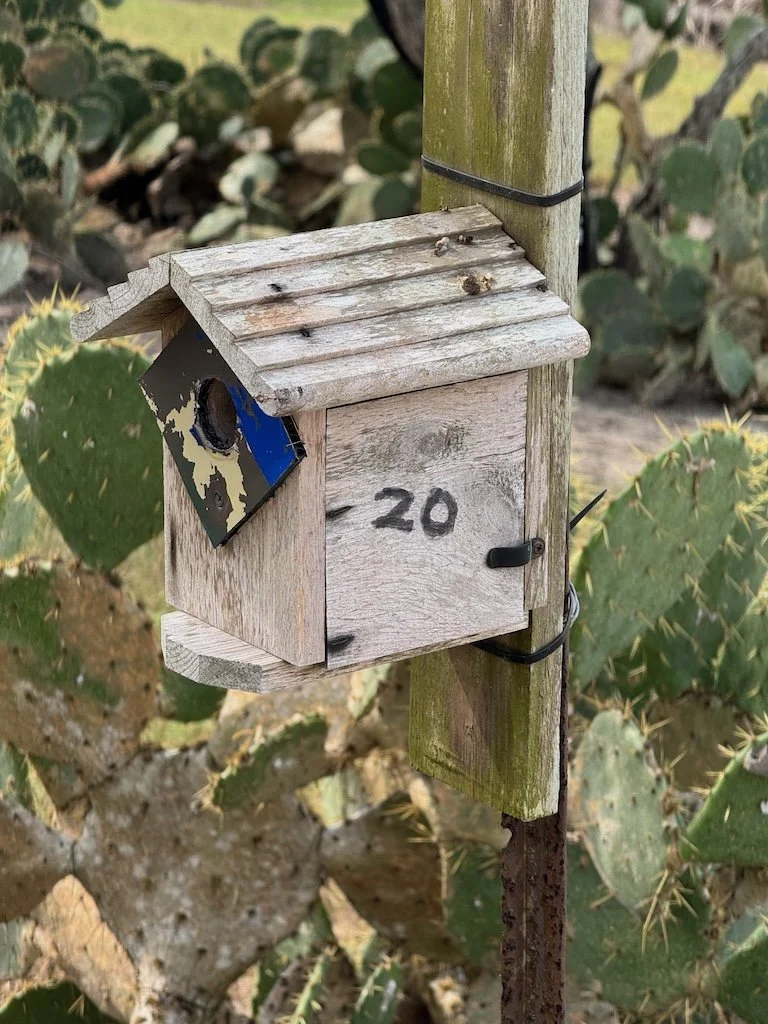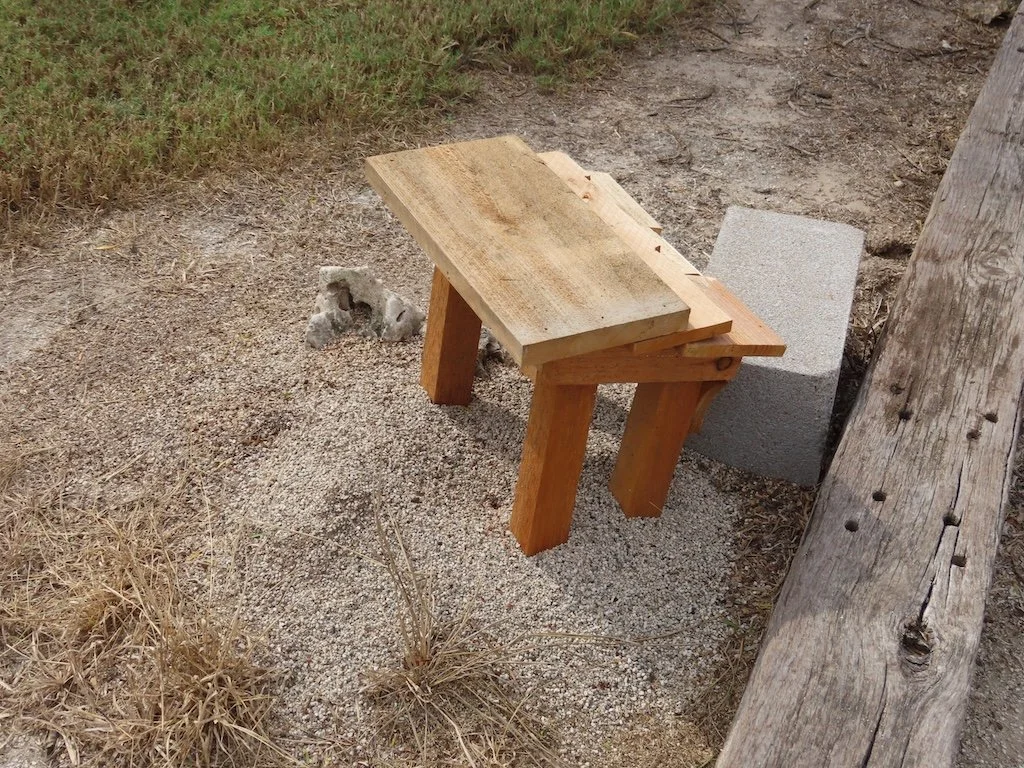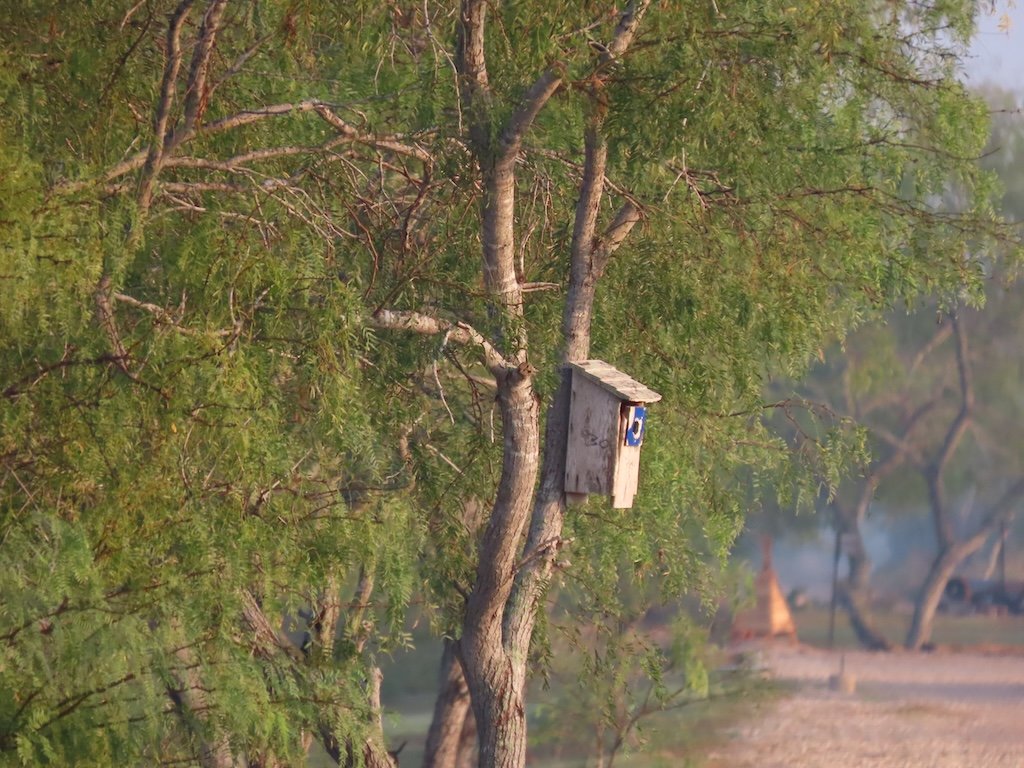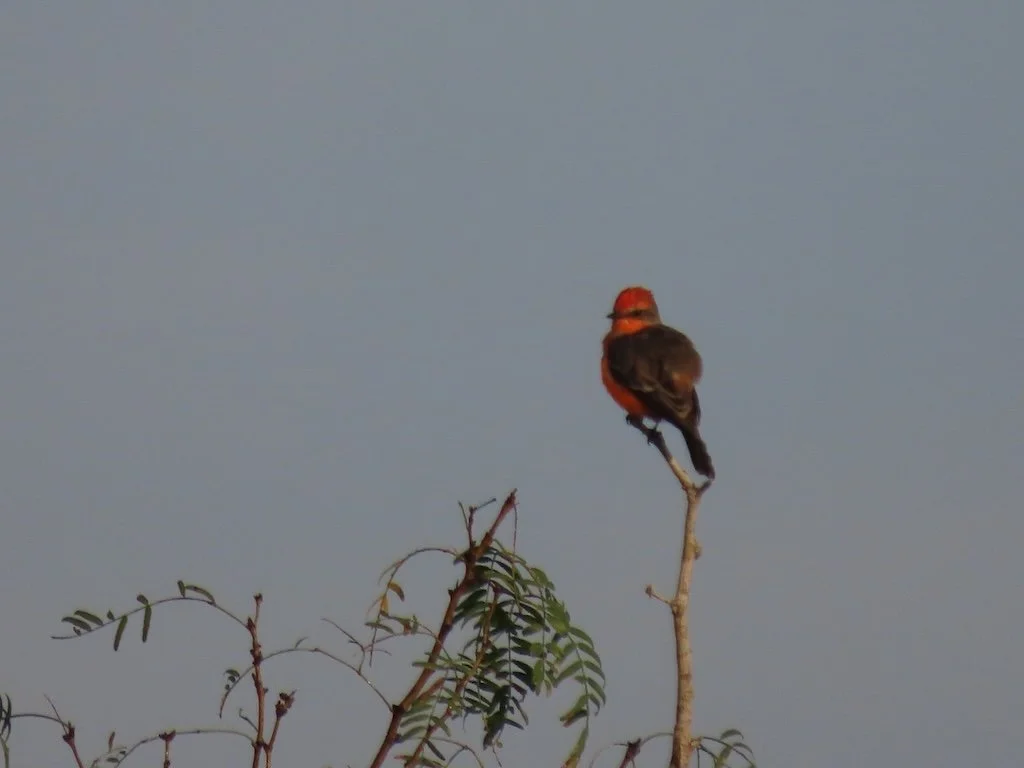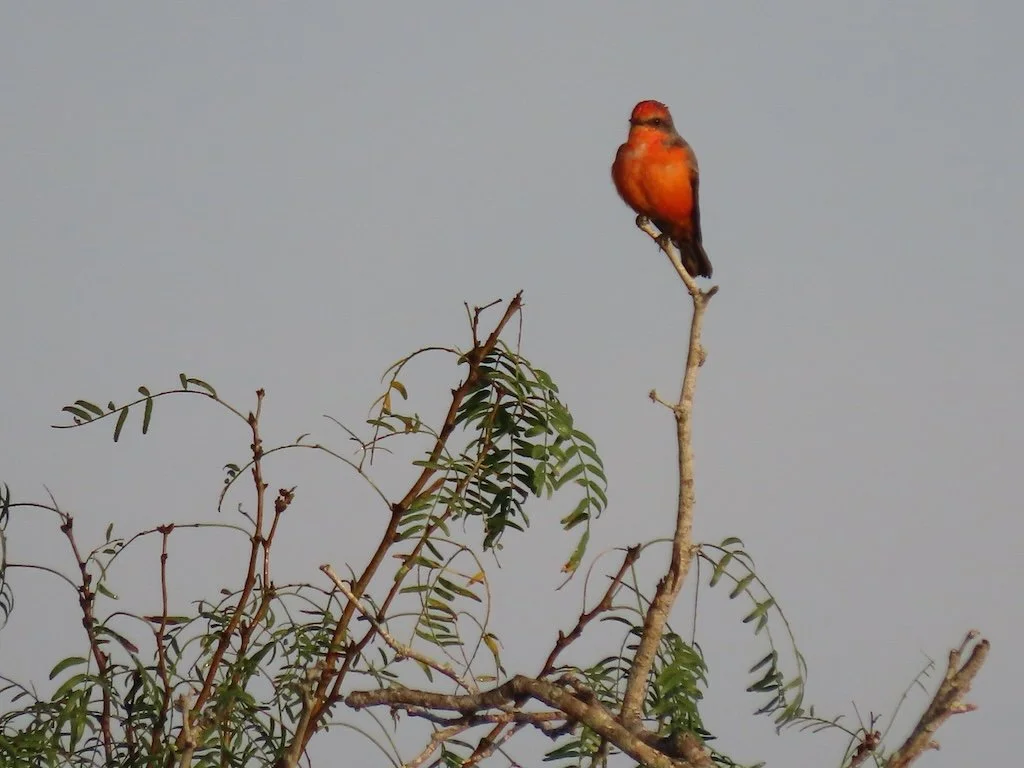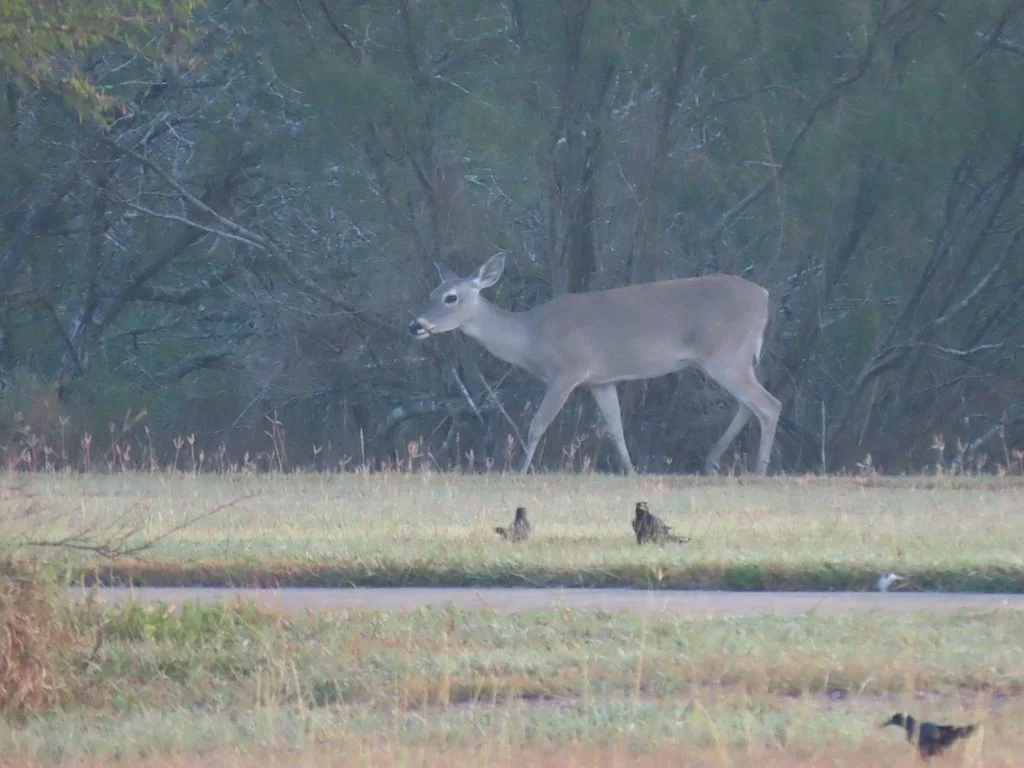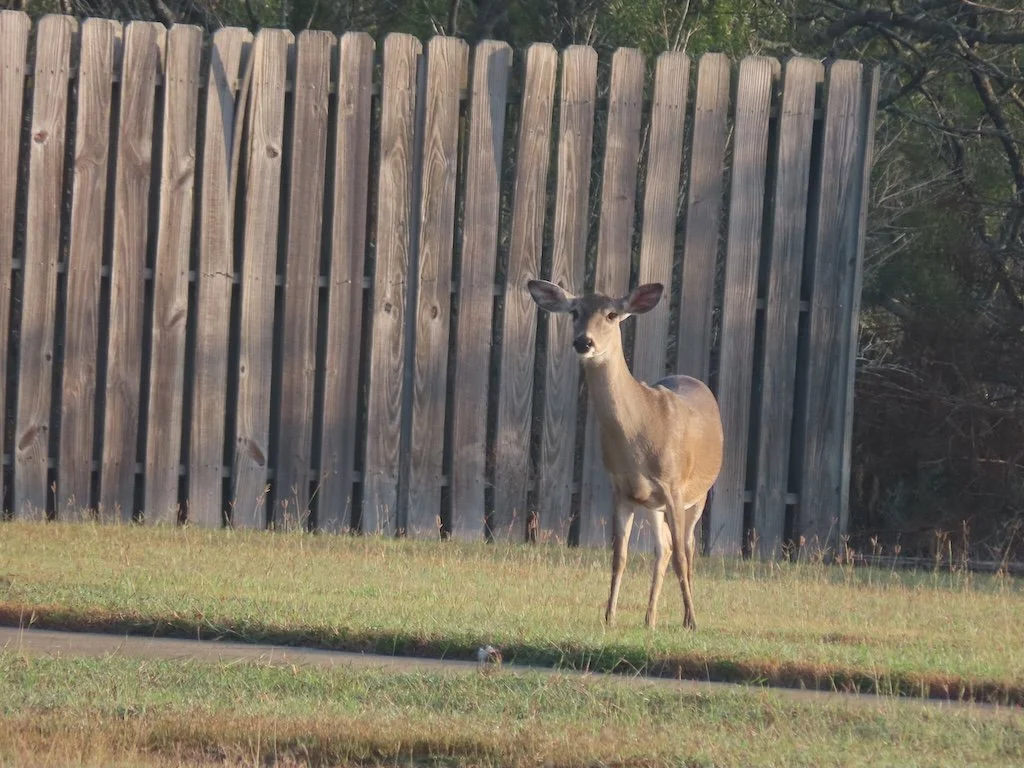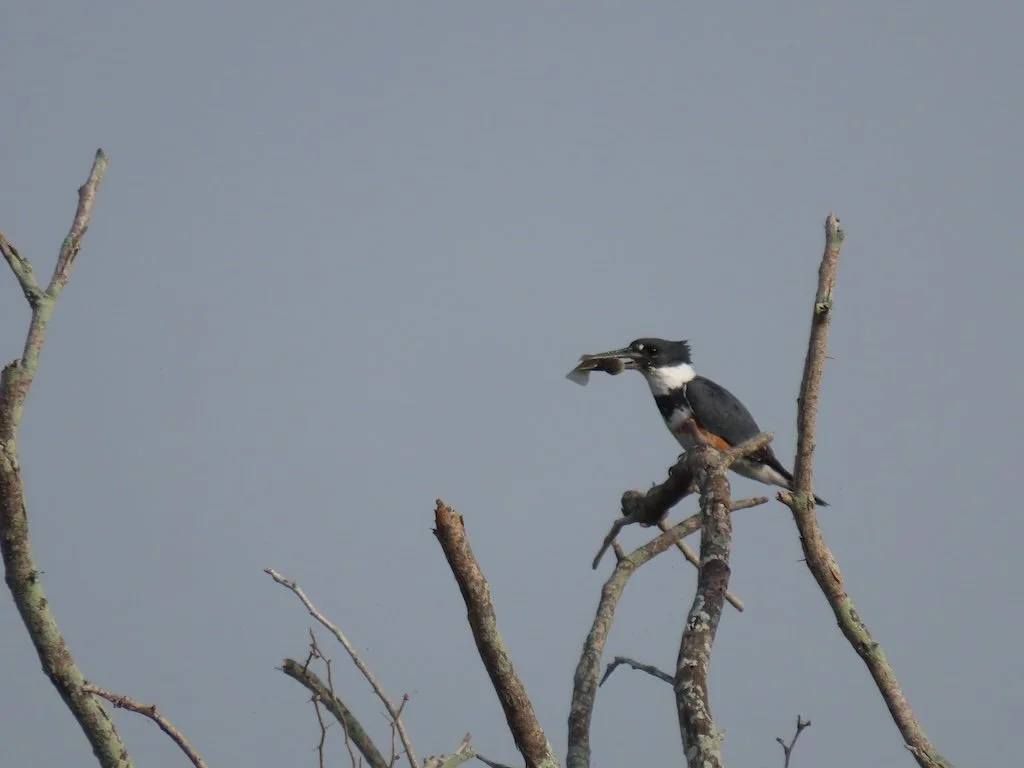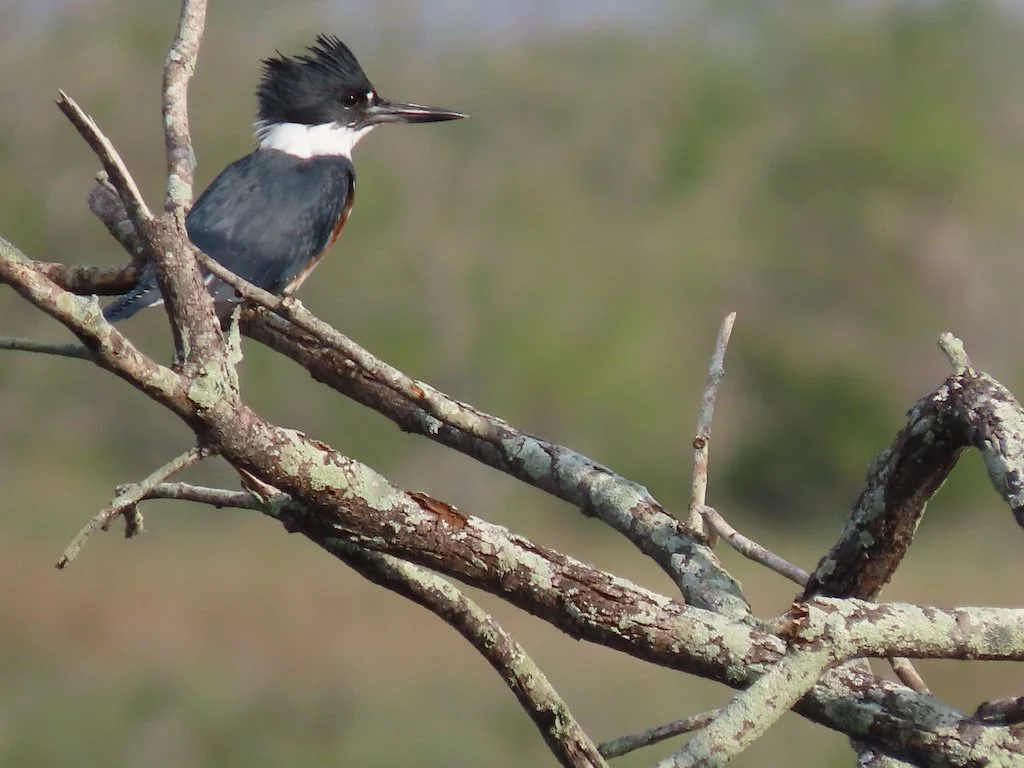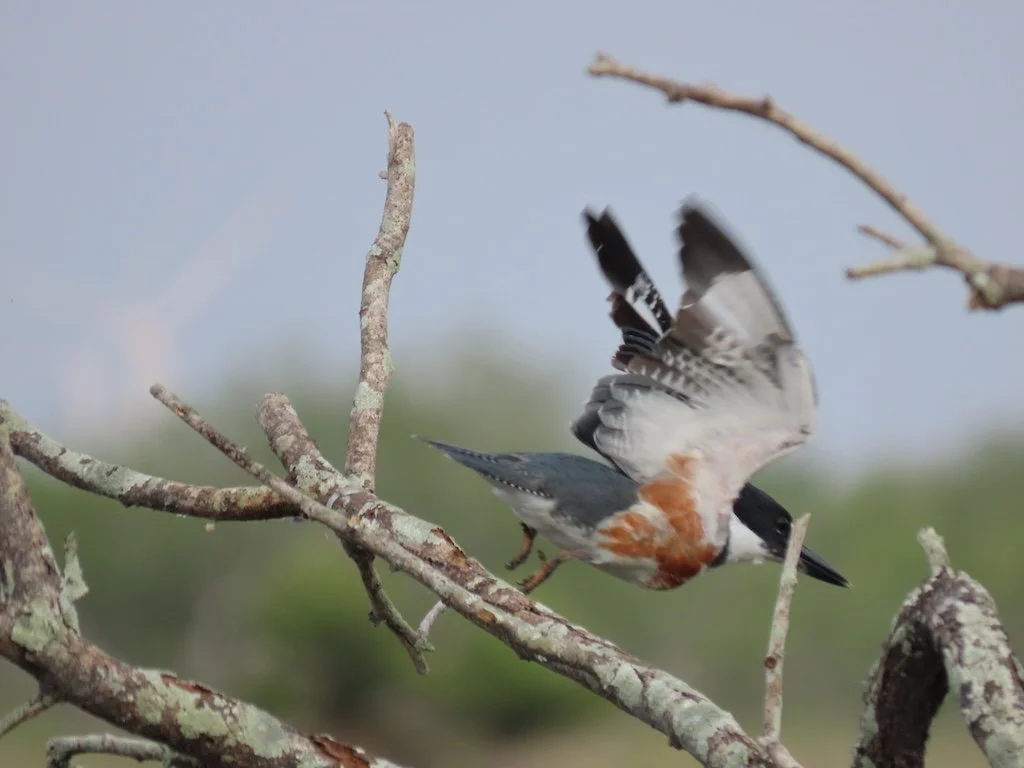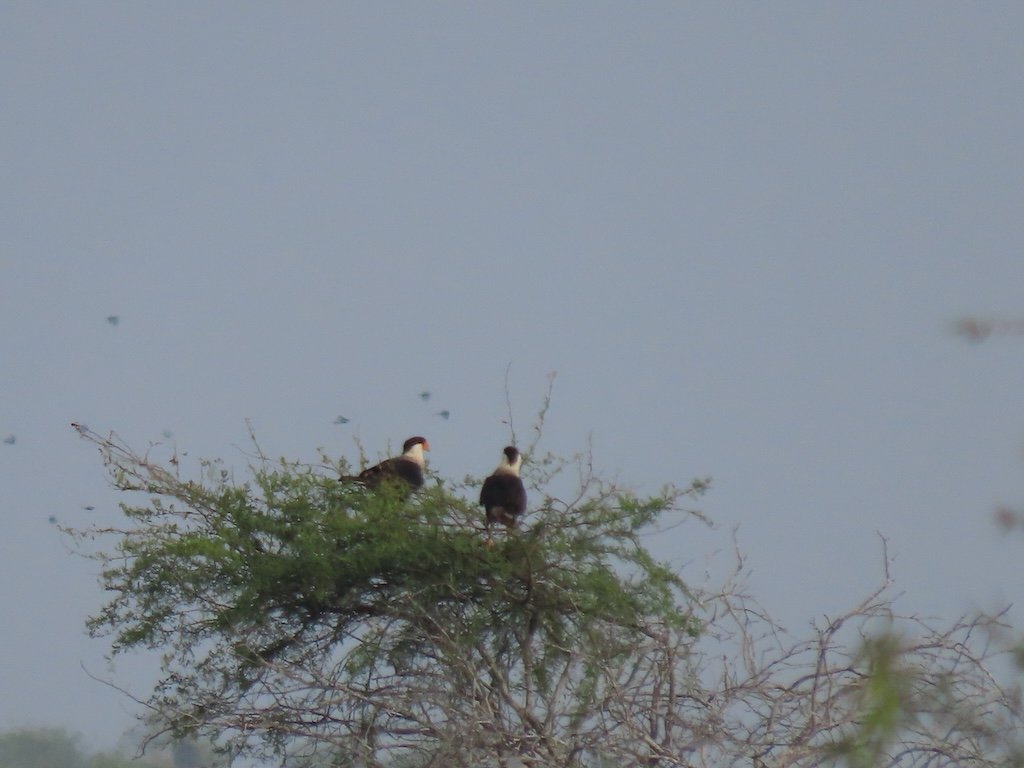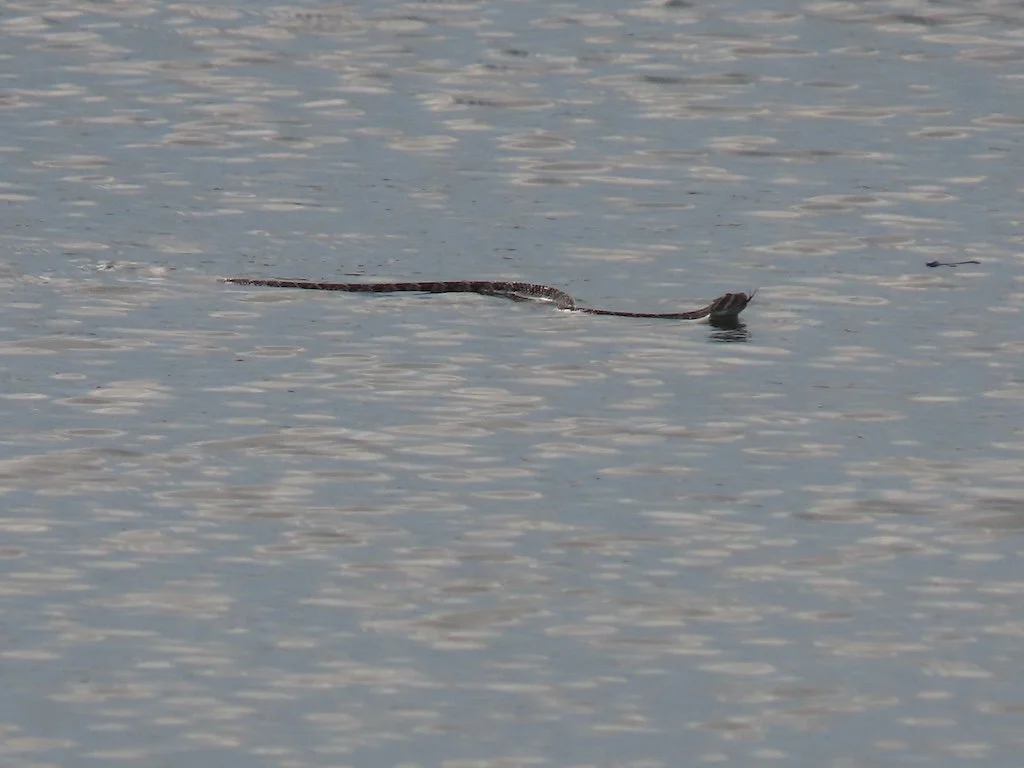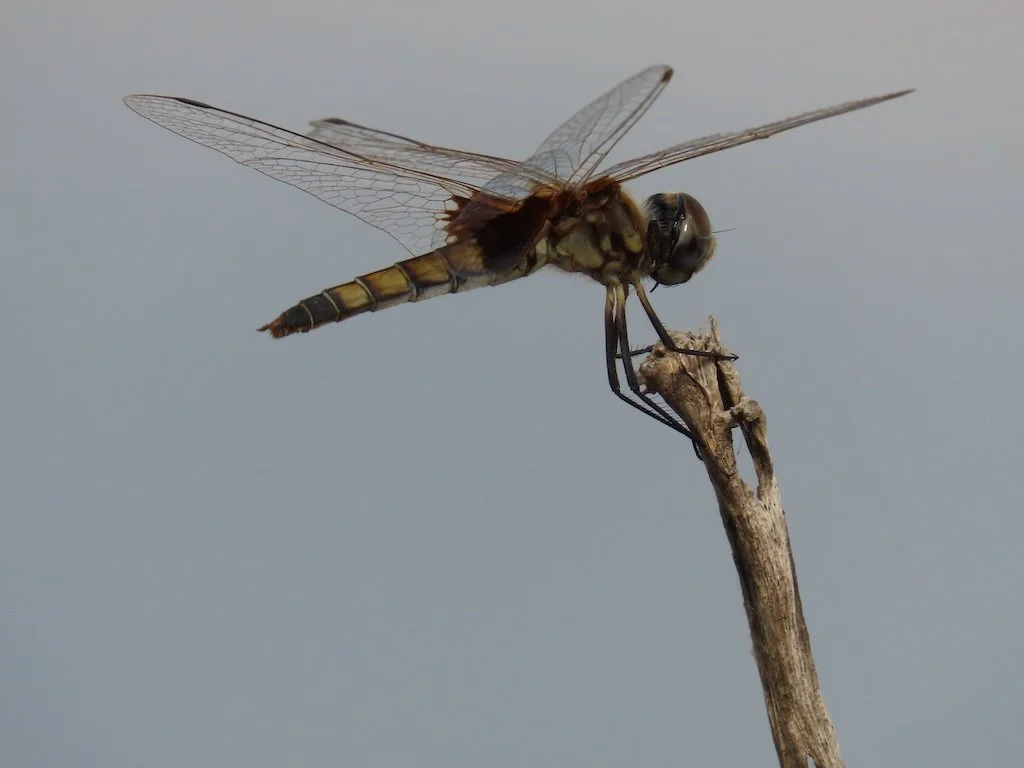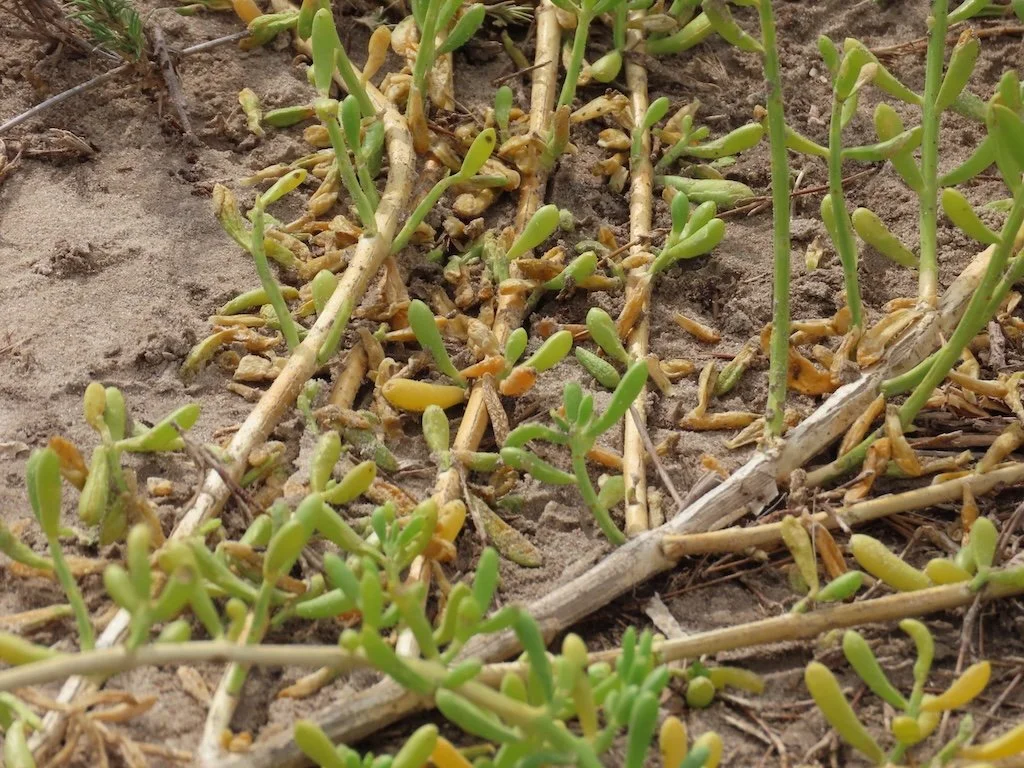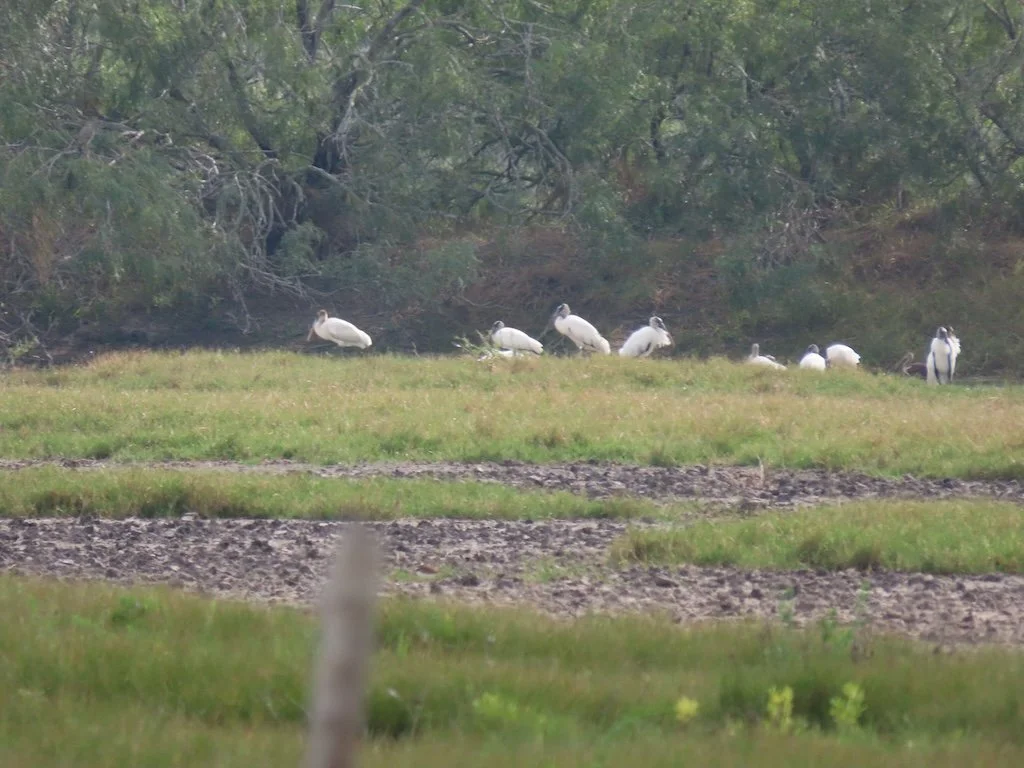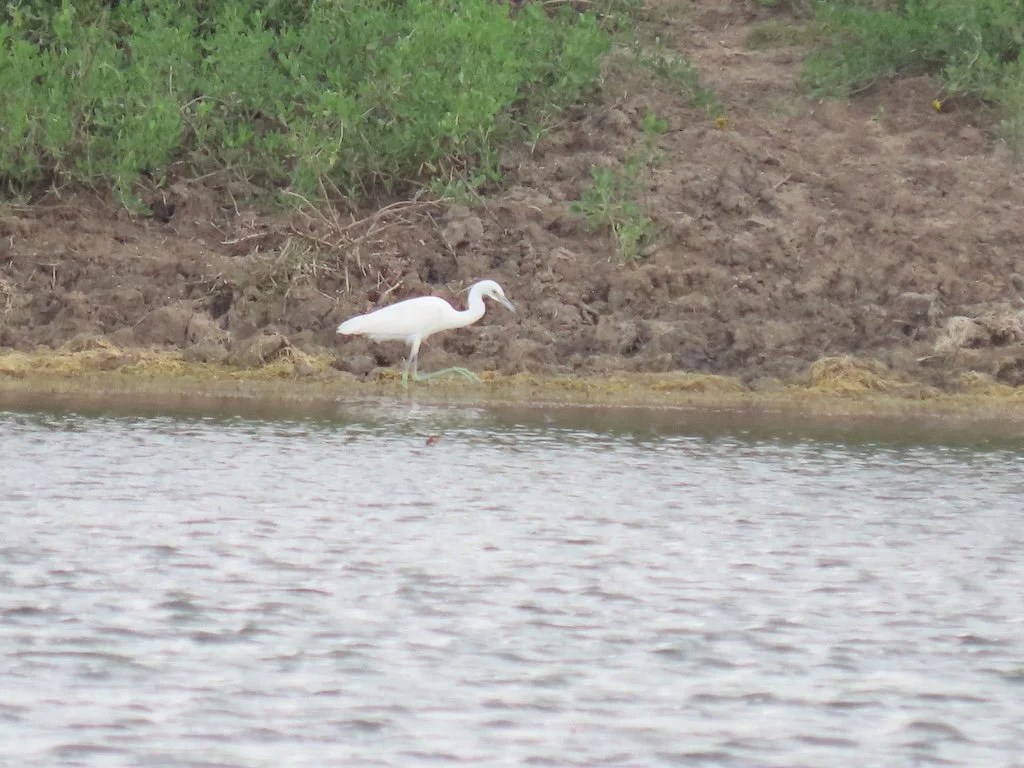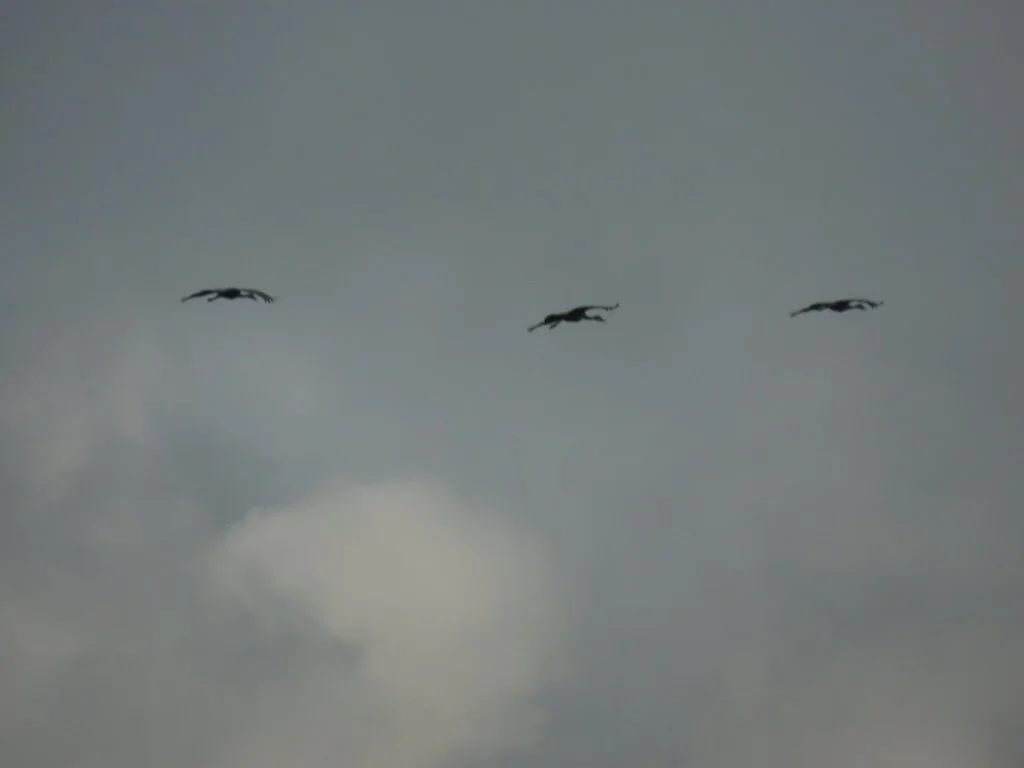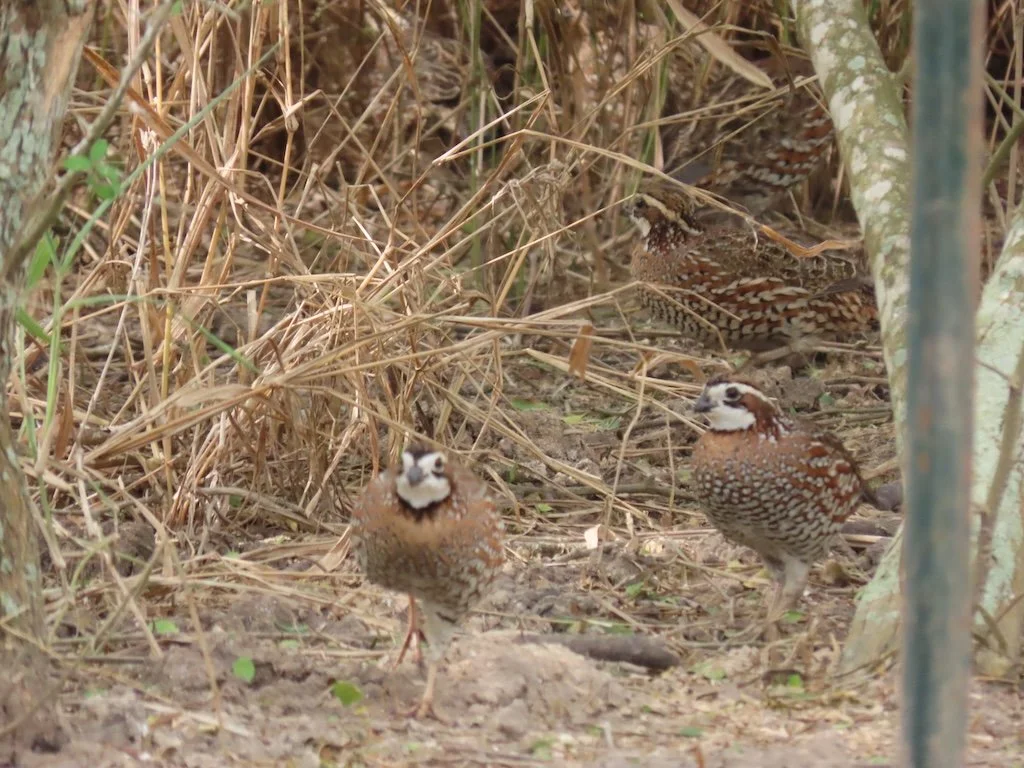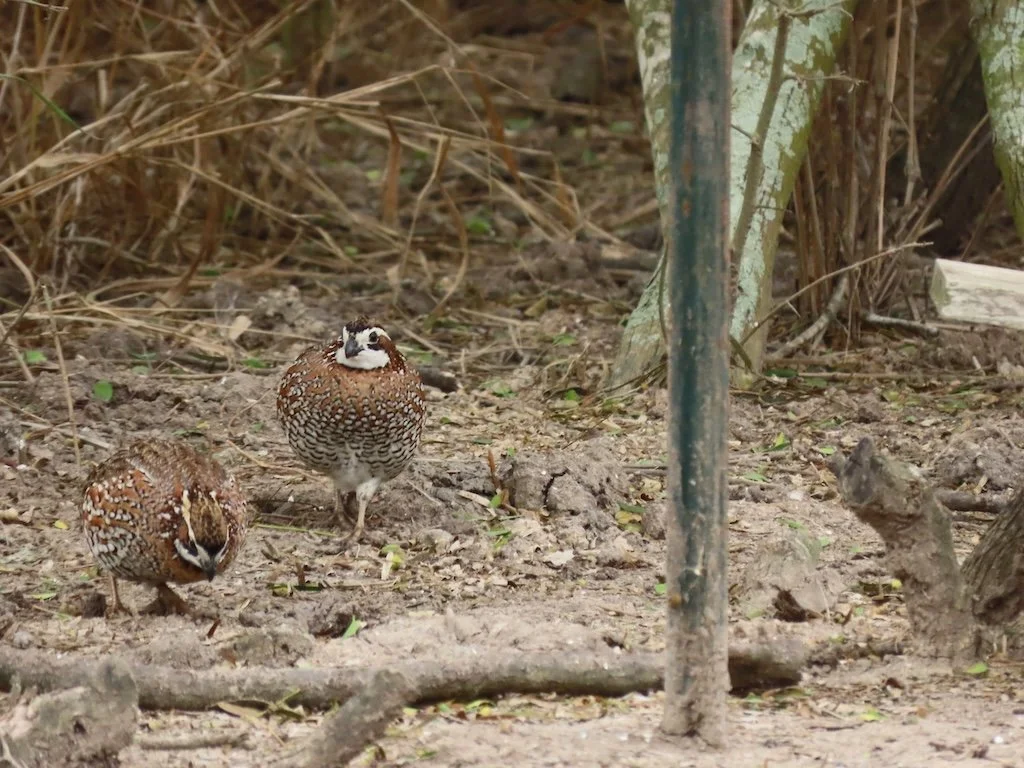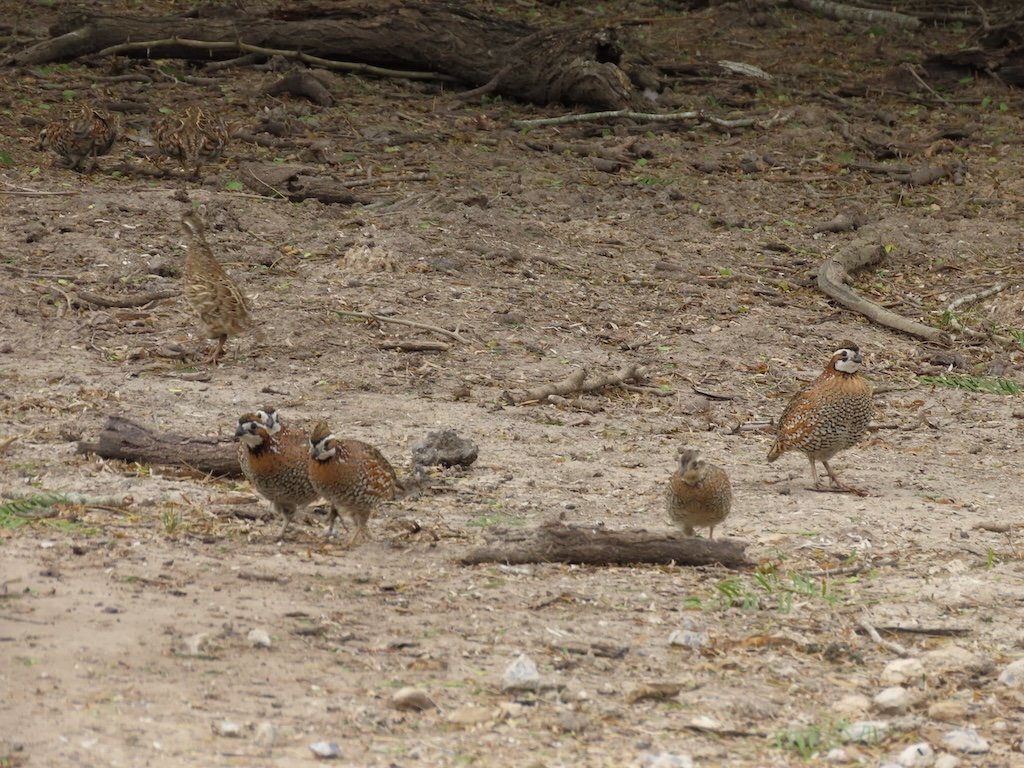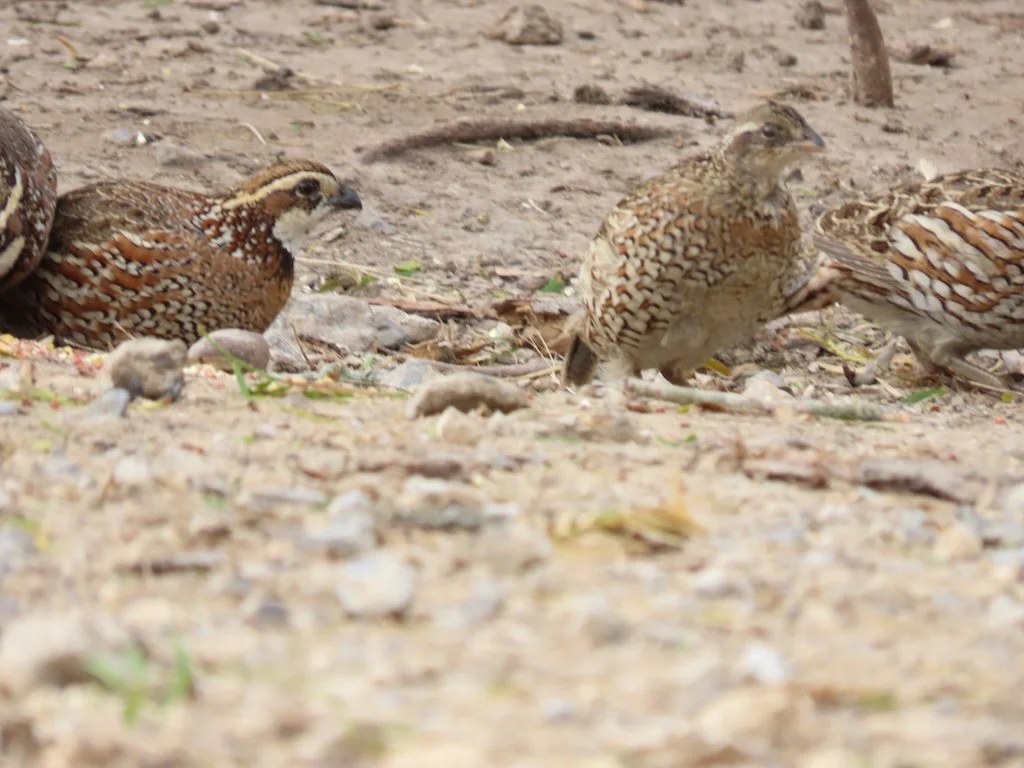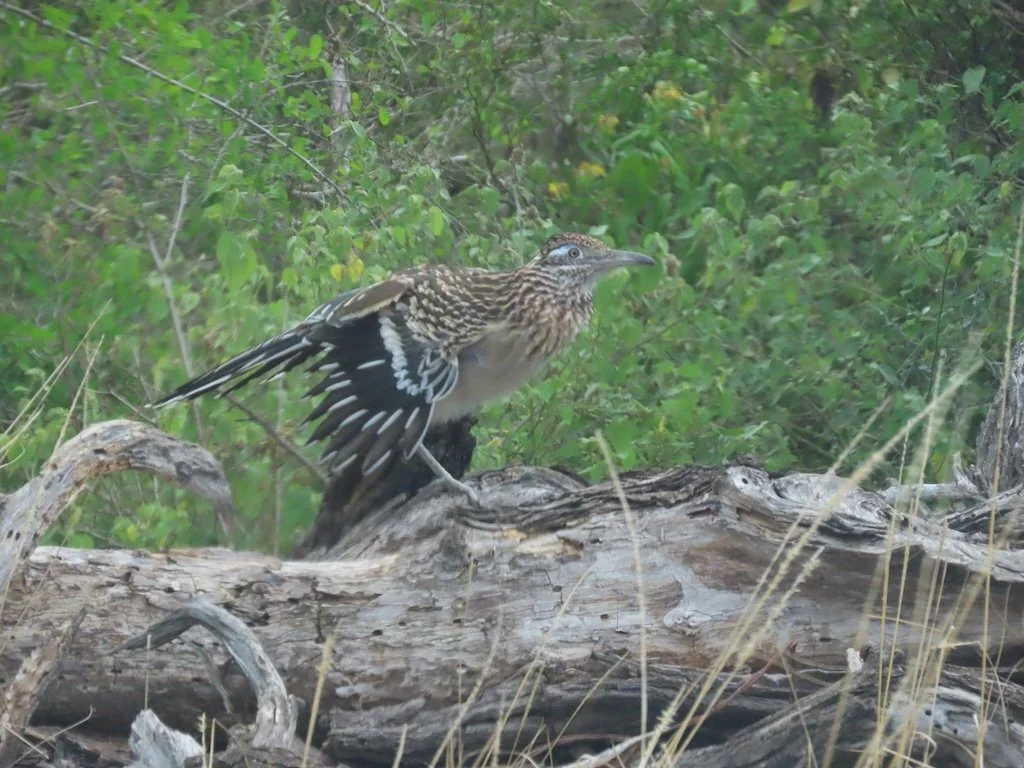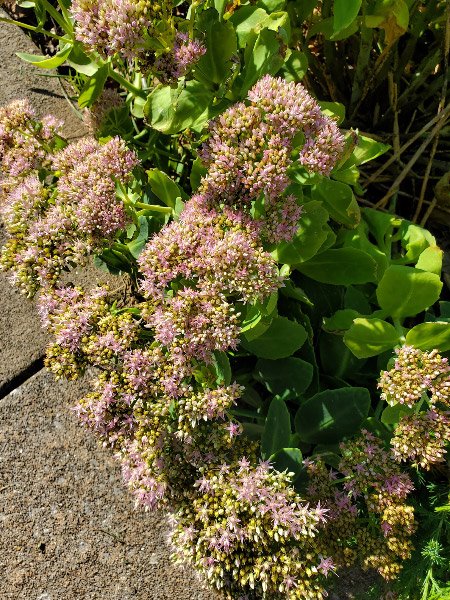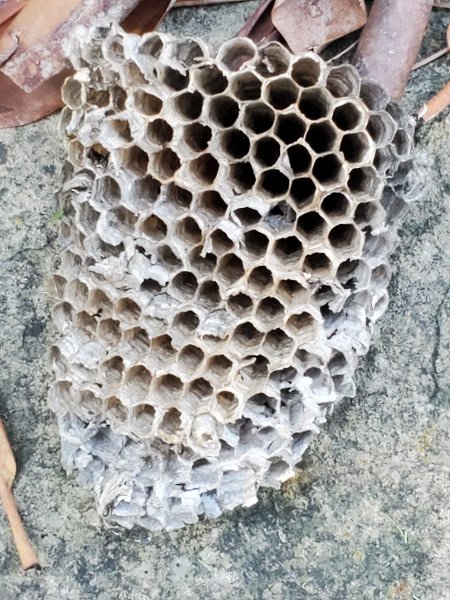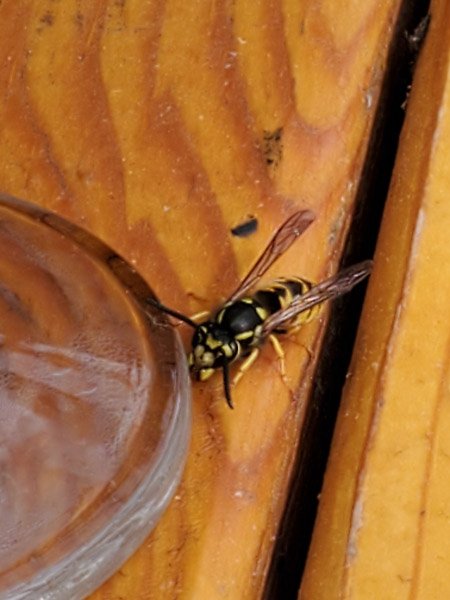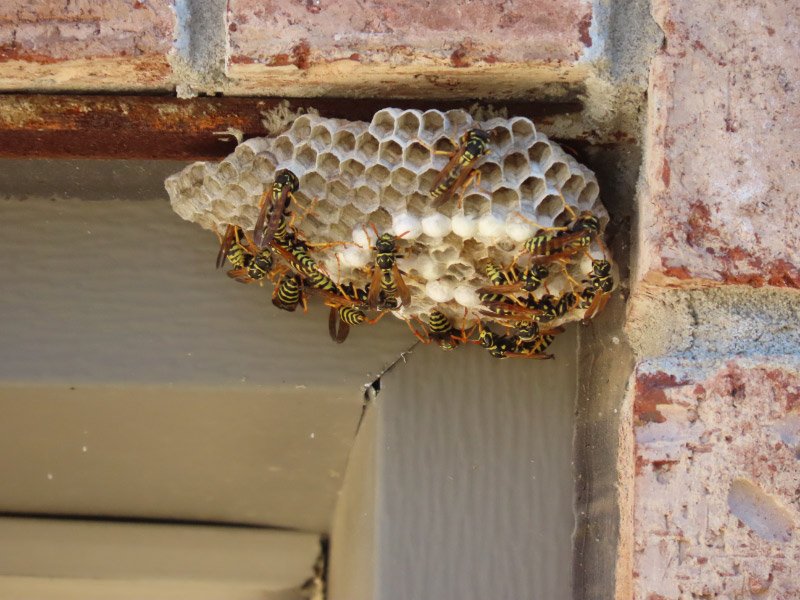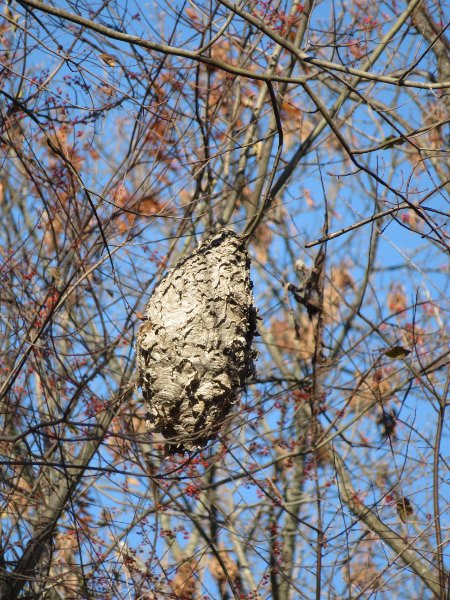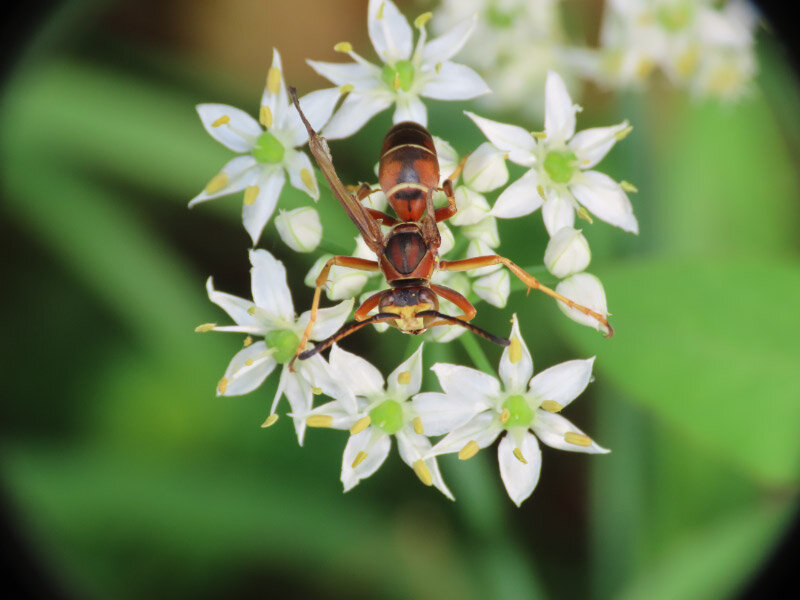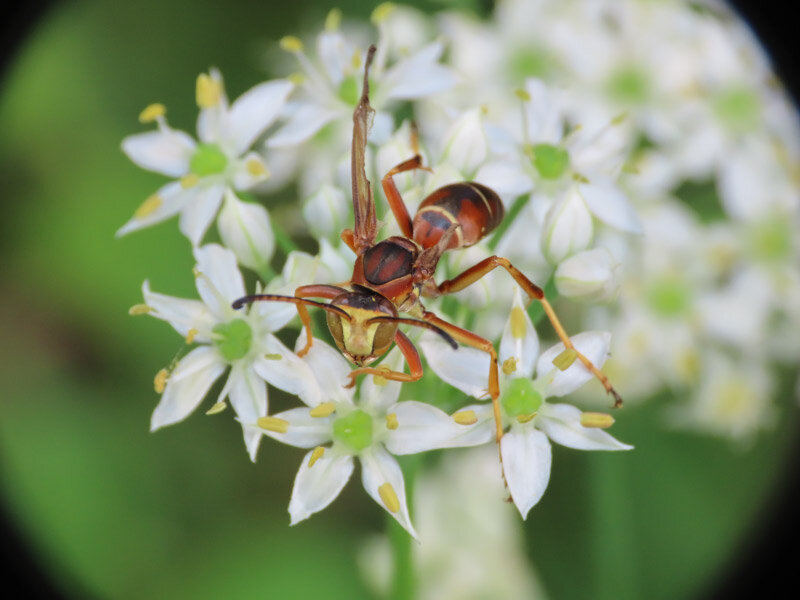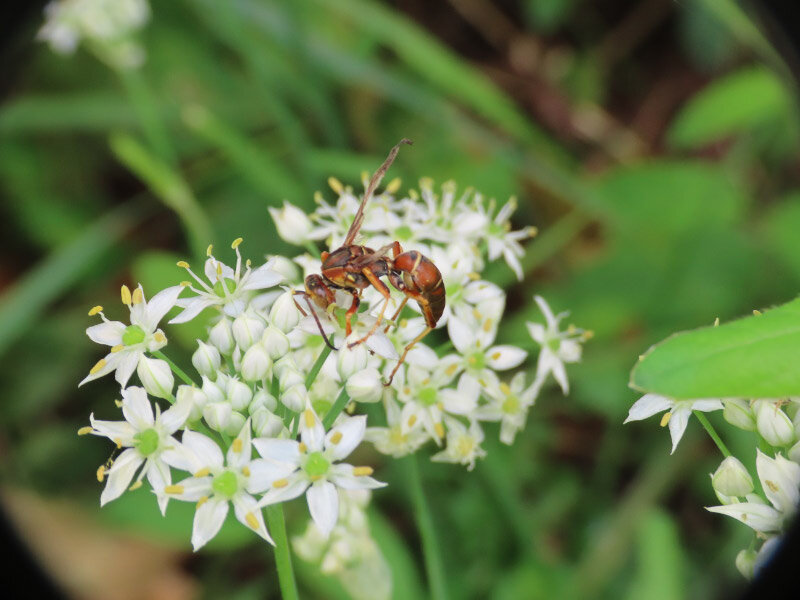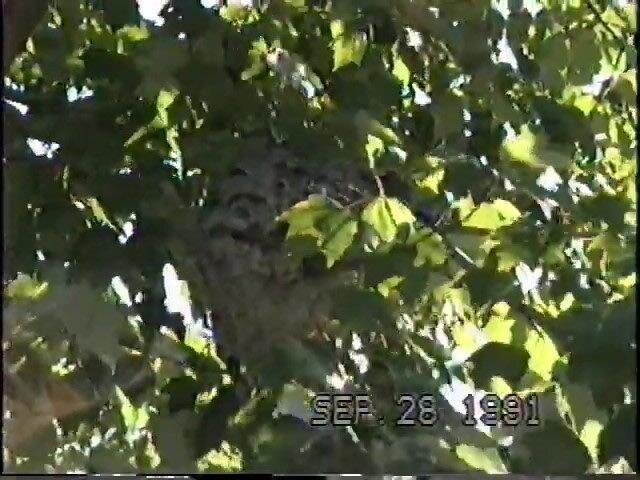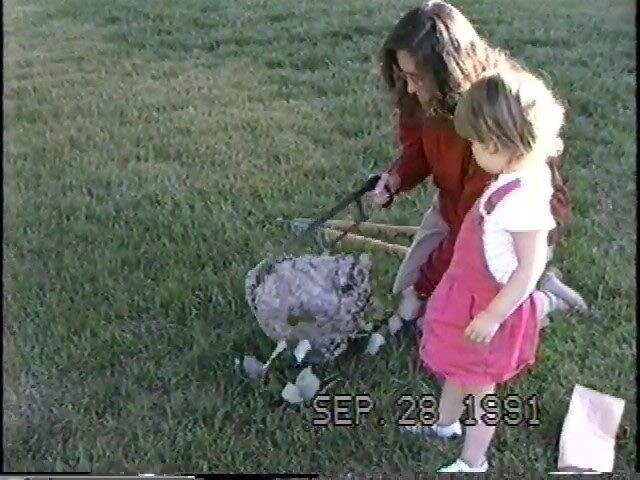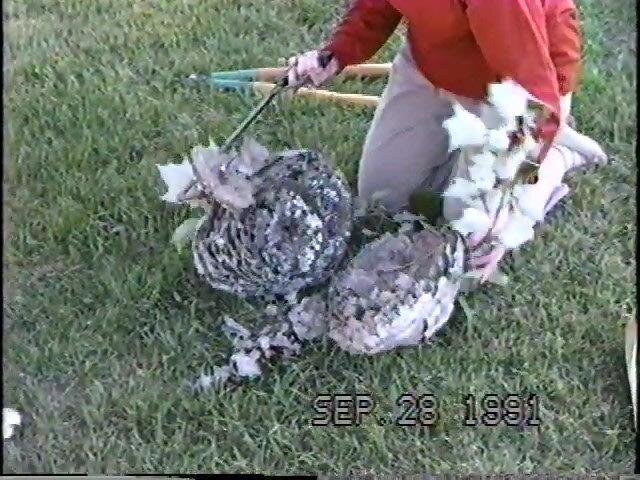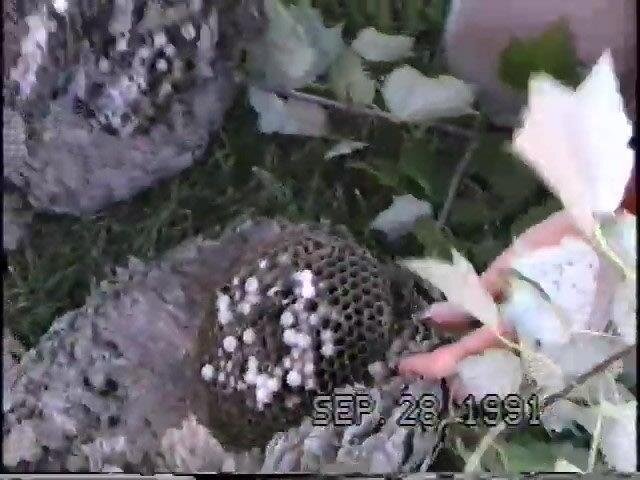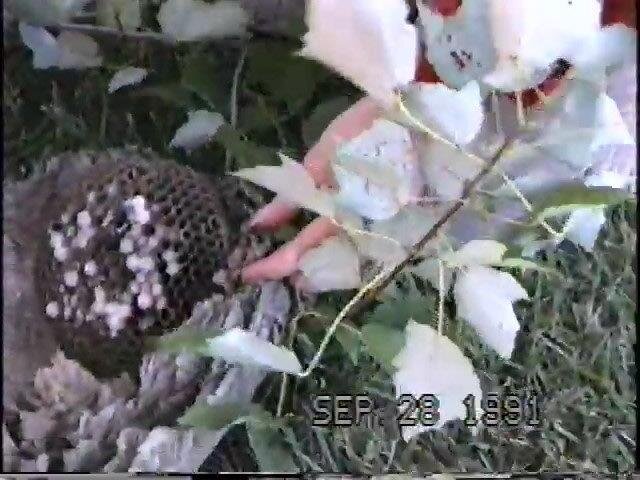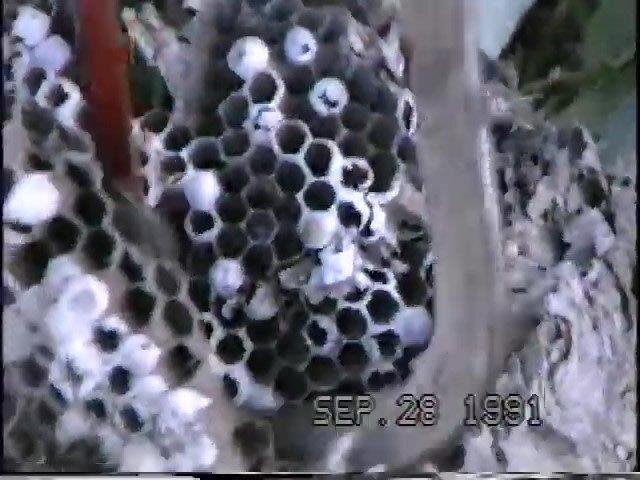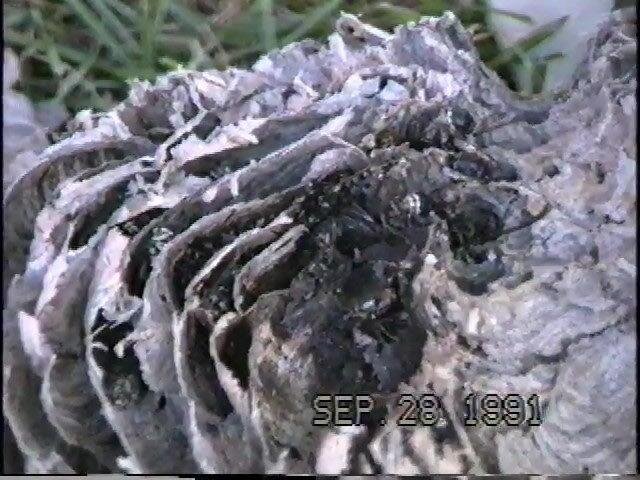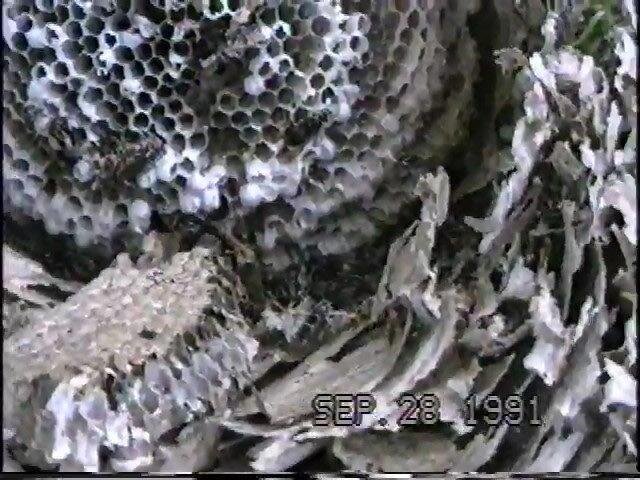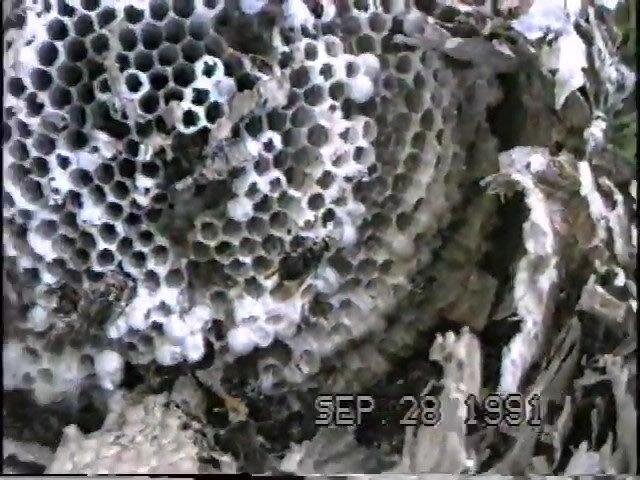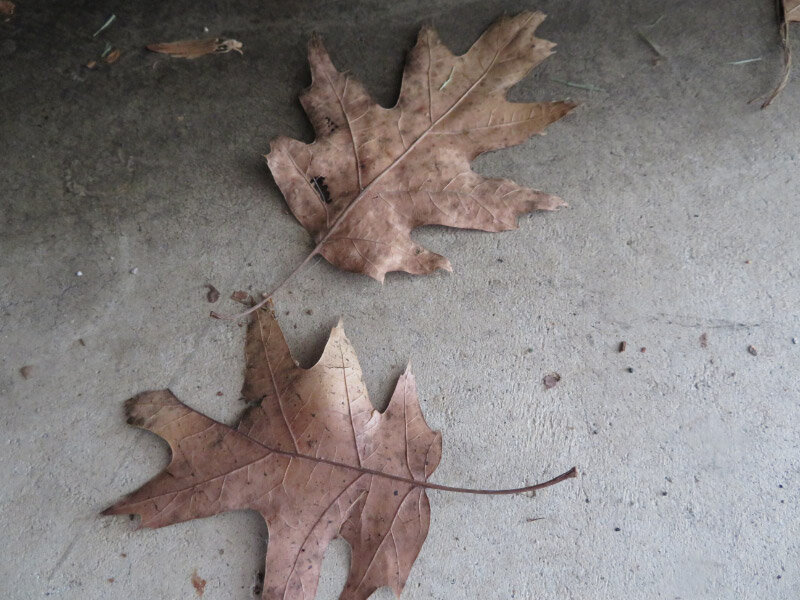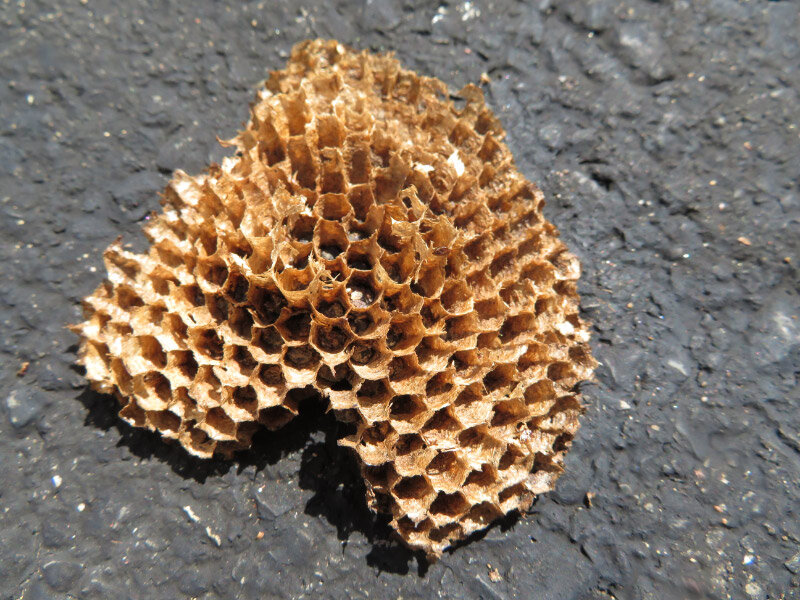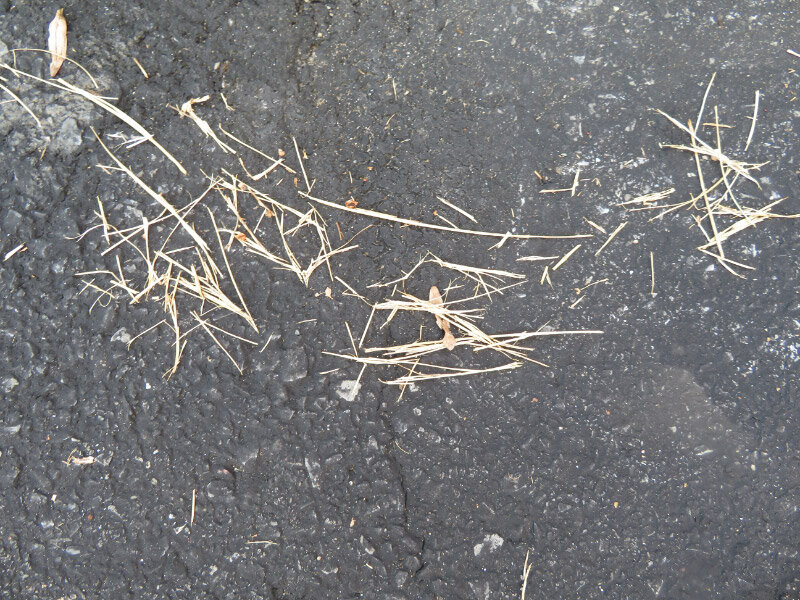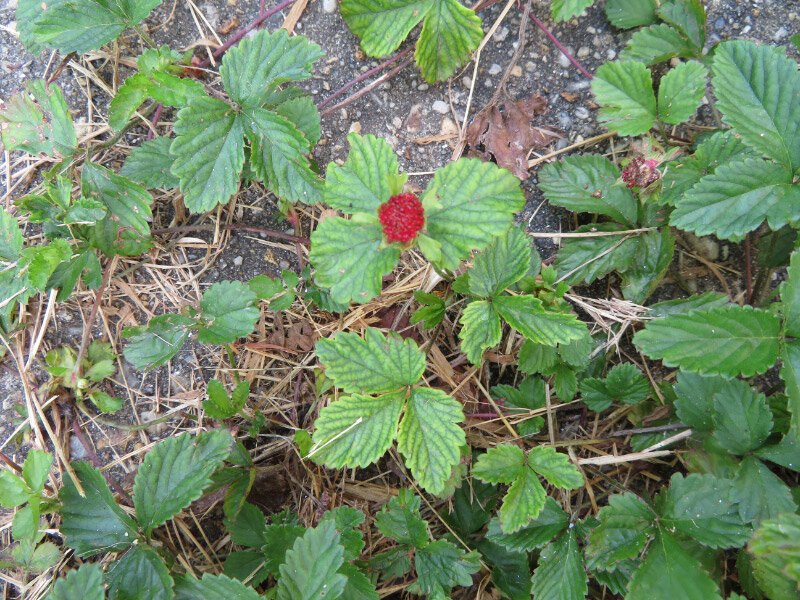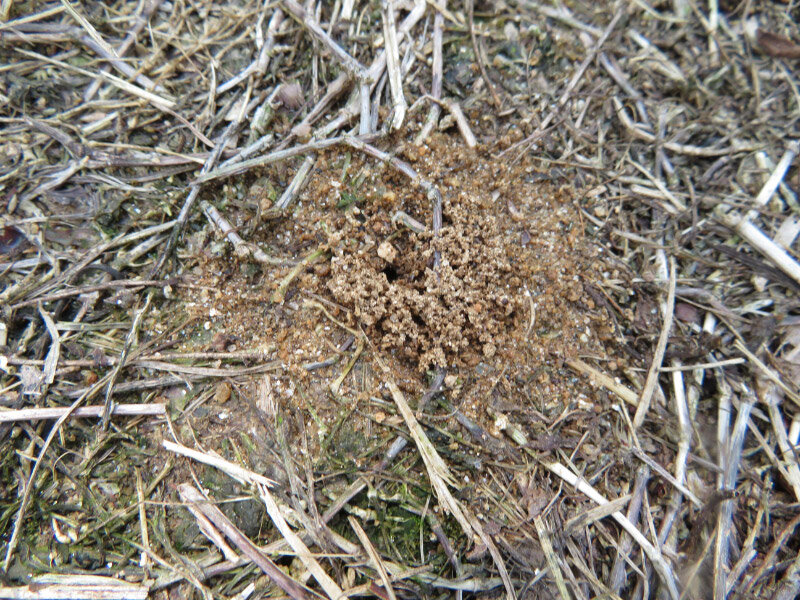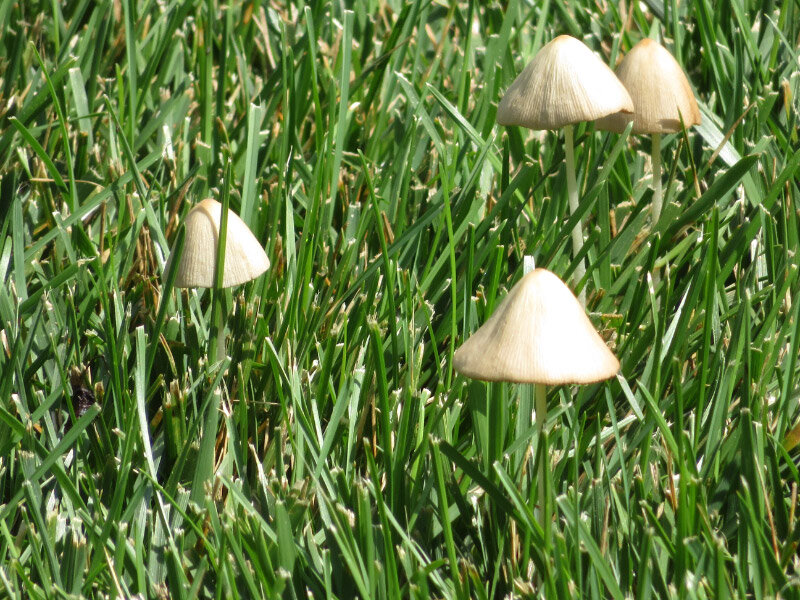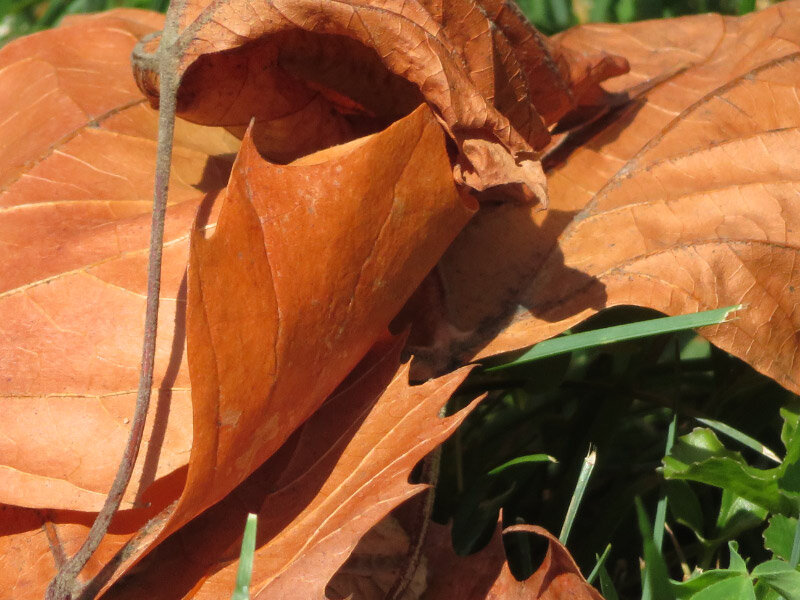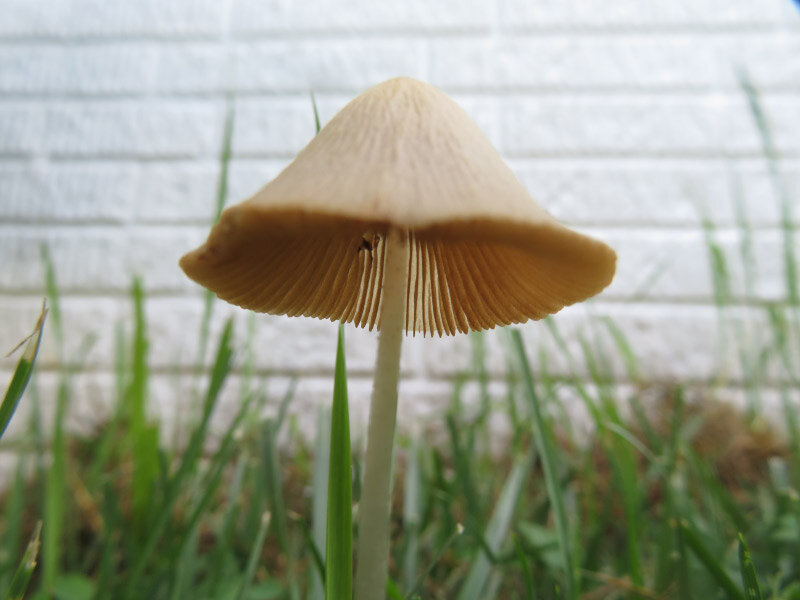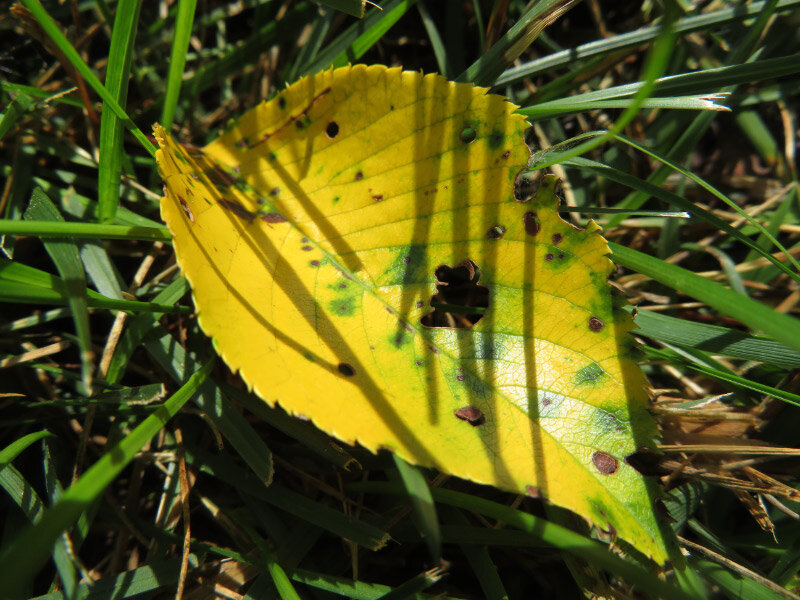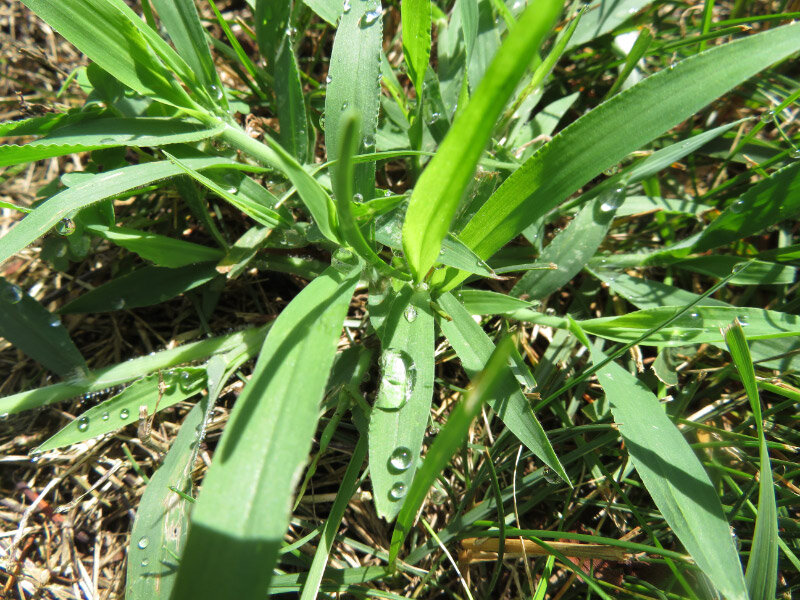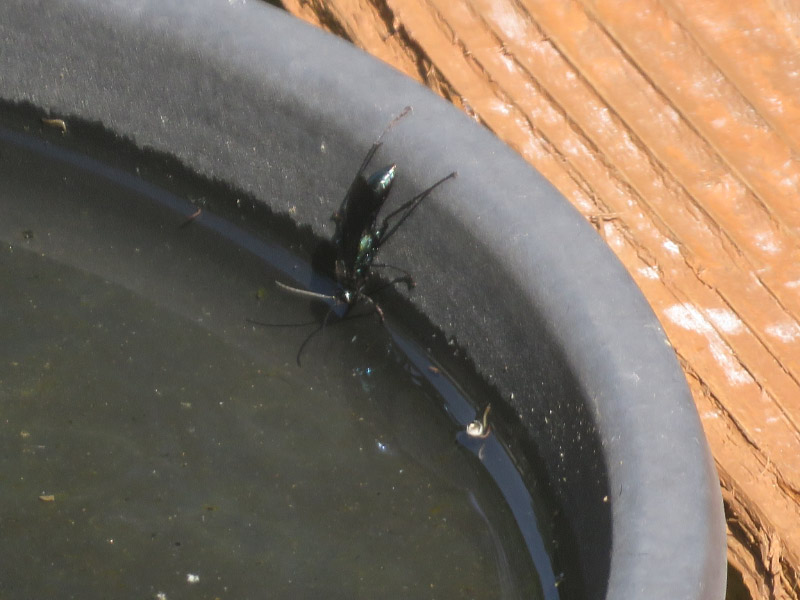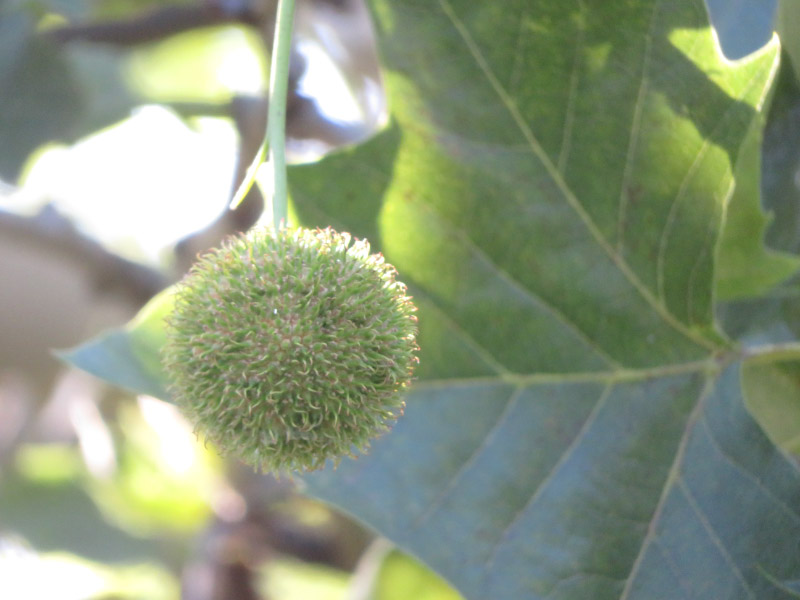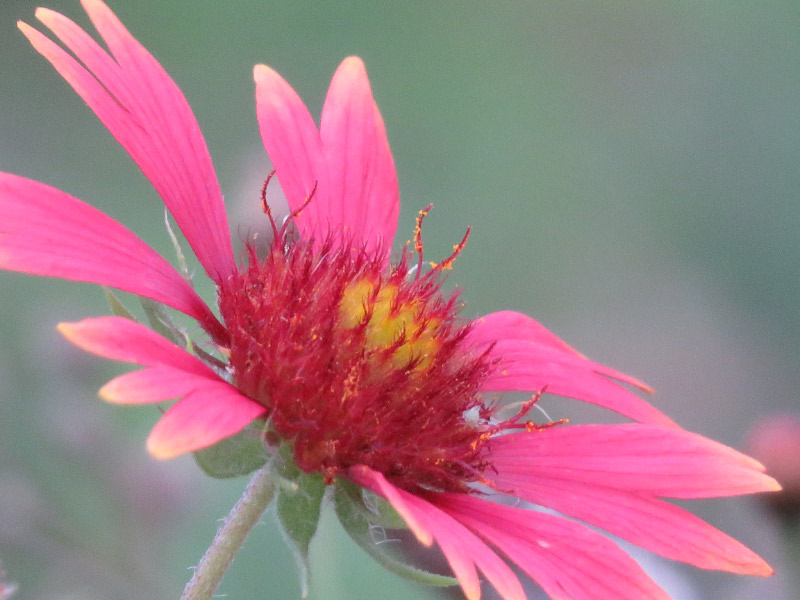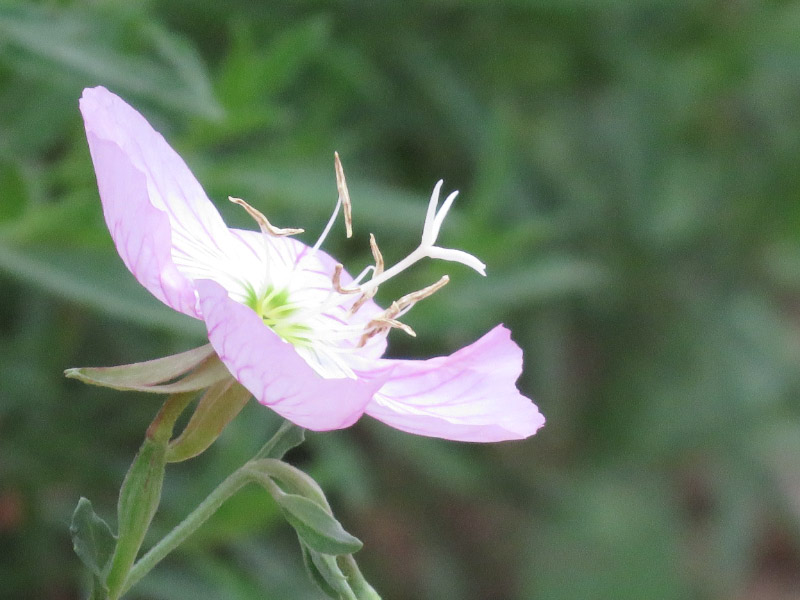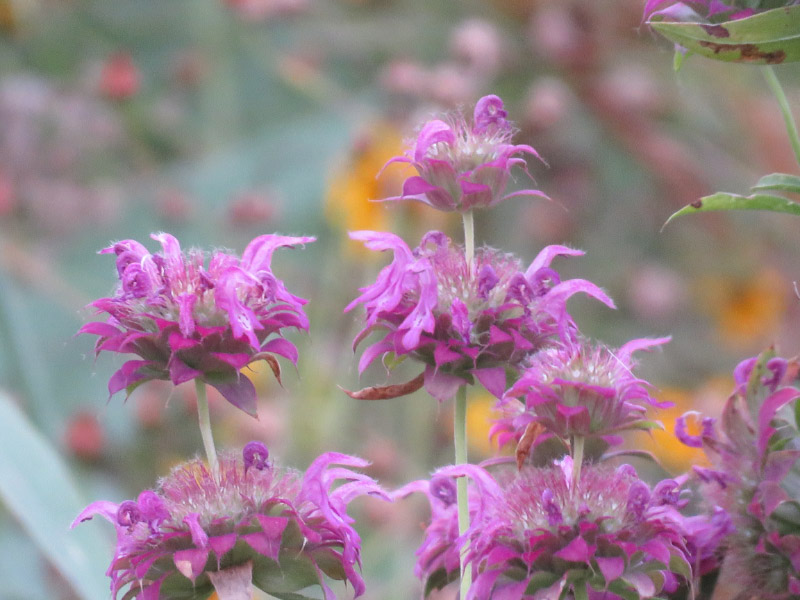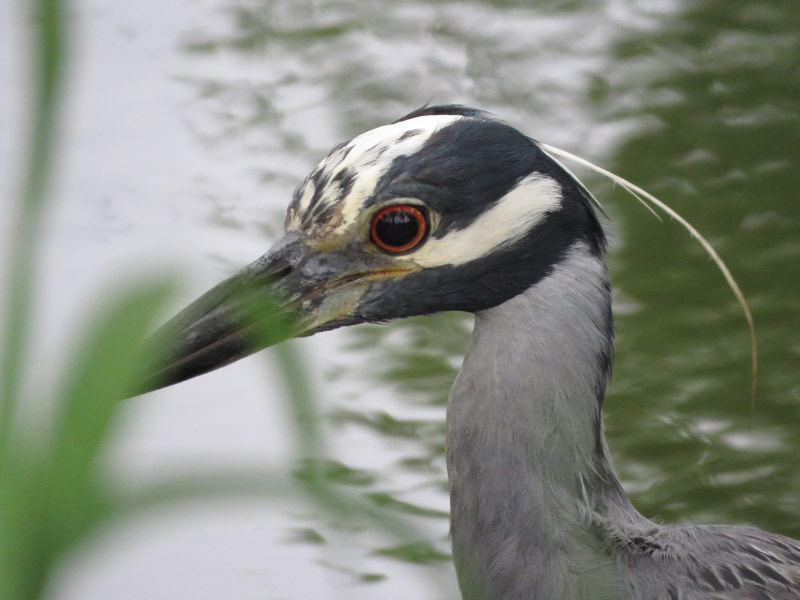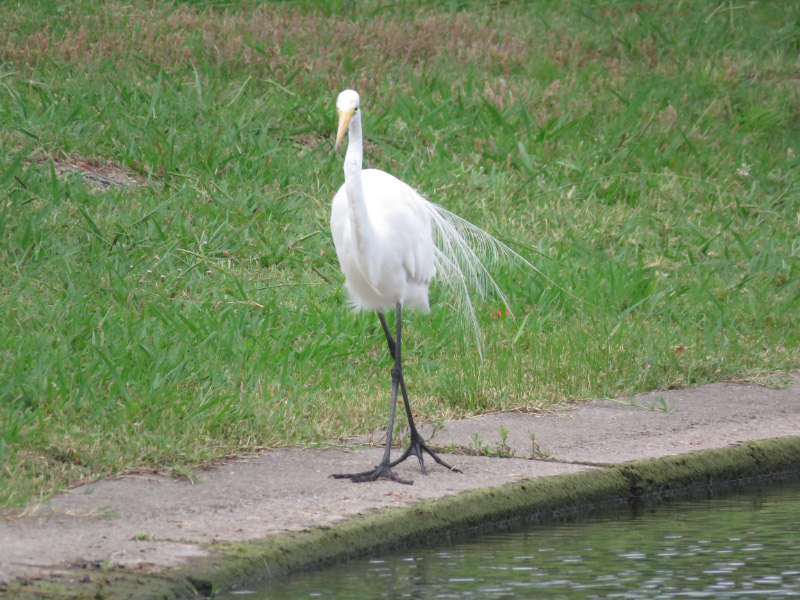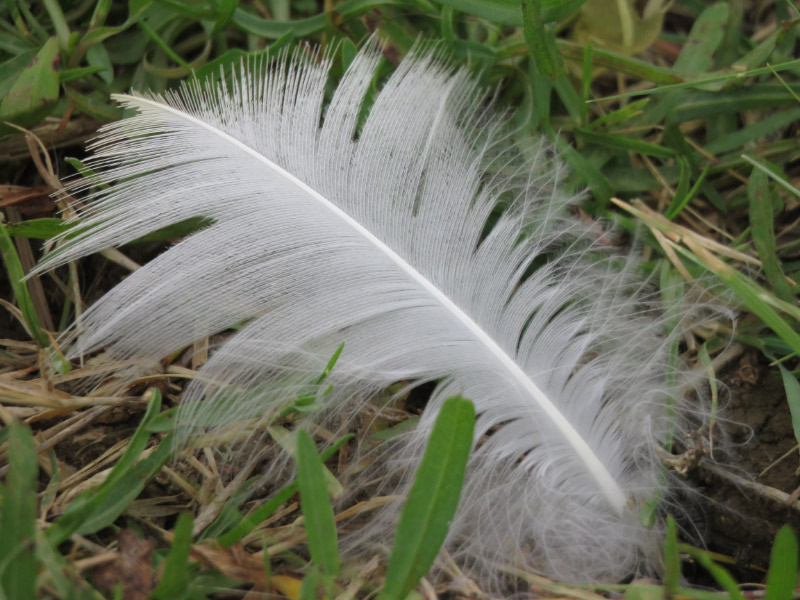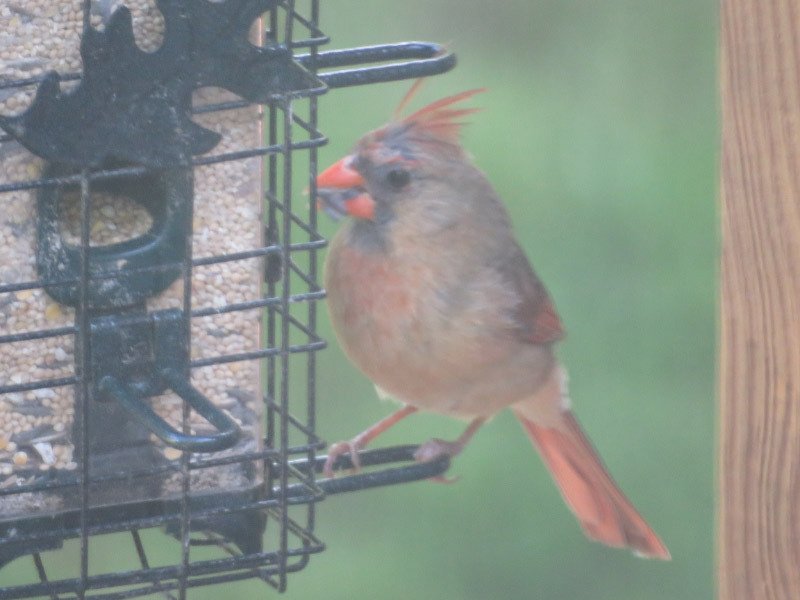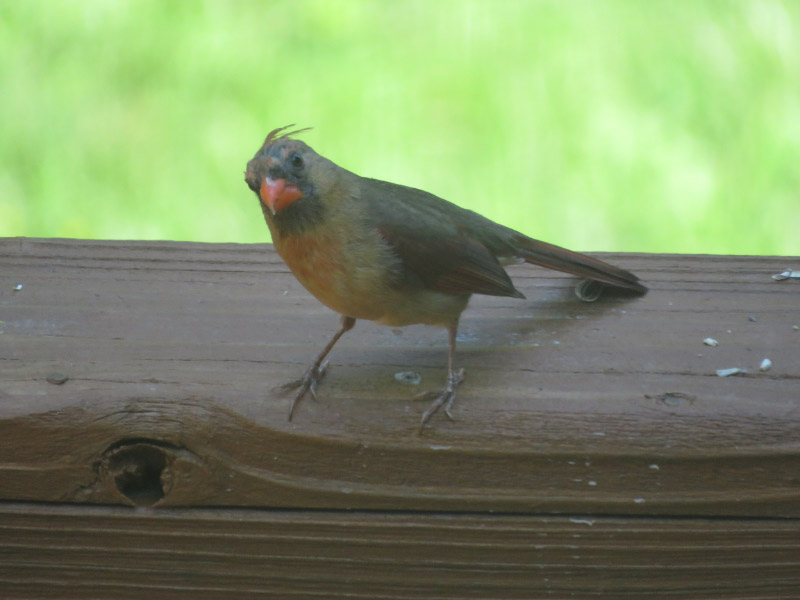The items below were ‘the cream’ of the articles and websites I found this past week. Click on the light green text to look at the article.
20 Incredible Winners From the 2023 European Wildlife Photographer of the Year Contest – Lots of natural beauty…captured in photographs.
A known environmental hazard can change the epigenetics of cells – Formaldehyde. It is a widespread pollutant - formaldehyde enters our body mainly during our breathing and, because it dissolves well in an aqueous medium, it ends up reaching all the cells of our body. It is associated with an increased risk of developing cancer (nasopharyngeal tumors and leukemia), hepatic degeneration due to fatty liver (steatosis) and asthma.
How forest schools boost children's immune systems – It seems the benefits go well beyond immune systems. Hopefully this type of school for 3 to 5 year old will increase in availability/popularity.
Circular Maya Structure Uncovered in Southern Mexico - Similar round structures have been found at the Maya sites of Edzná, Becán, Uxmal, and Chichen Itzá.
Health Care Workers Are Burning Out, CDC Says - The CDC researchers analyzed self-reported symptoms of more than 1,400 adults in 2018 and 2022 who were working in three areas: health care, other essential services and all other professions. Workers’ self-reported poor mental health days in the past 30 days was similar across all three groups in 2022, but health professionals saw the most significant jump, from 3.3 in 2018 to 4.5 in 2022. Reports of harassment at work also spiked among health care workers over the five-year period, going from 6.4 percent to 13.4 percent.
How To Bring Back the Prairie, a Tiny Bit at a Time – The use of “prairie strips” on farms in an effort to restore a portion of the Minnesota’s remnant prairie and to soak up polluted water.
These Ten Stunning Images Prove That Small Is Beautiful – From Nikon’s Small World Photomicrography Contest. My favorite was the cuckoo wasp.
Deforestation in Colombia Down 70 Percent So Far This Year - Since taking power last year, leftist President Gustavo Petro has enacted a slate of new policies aimed at protecting Colombian forests, including paying locals to conserve woodland. The recent gains in Colombia mirror similar advances in the Brazilian Amazon, where leftist President Luiz Inacio Lula da Silva has cracked down on forest clearing; deforestation is down 50 percent through the first nine months of this year. In 2021, more than 100 countries, from Brazil to Russia to Indonesia, set a goal to end deforestation by the end of this decade, but so far forest loss has declined too slowly to stay on pace for this target.
European wildcats avoided introduced domestic cats for 2,000 years – About 50 years ago in Scotland, however, that all changed. Perhaps as a result of dwindling wildcat populations and a lack of opportunity to mate with other wildcats, rates of interbreeding between wild and domestic cats rose rapidly.
Why grazing bison could be good for the planet - The shortgrass prairie makes up 27,413 sqare miles of remote land straddling the US/Canadian border to the east of the Rocky Mountains. This rare habitat is in ecological decline. Plains bison co-evolved with the short-grass prairie. In the 12,000 years since the end of the Pleistocene, they have proven themselves to be potent ecosystem engineers. An adult bison eats about 25lb (11kg) of grass a day. The grasses adapted to their foraging. Vegetation across the plains uses the nutrients in their dung. Birds pluck their fur from bushes to insulate their nests. Bison also shape the land literally. They roll in the dust and create indentations known as "wallows" that hold water after rainstorms. After the bison move on, insects flourish in these pools and become a feast for birds and small mammals. Pronghorn antelope survive by following their tracks through deep winter snows. Replacing cattle with bison greens floodplains…setting the stage for beavers.

